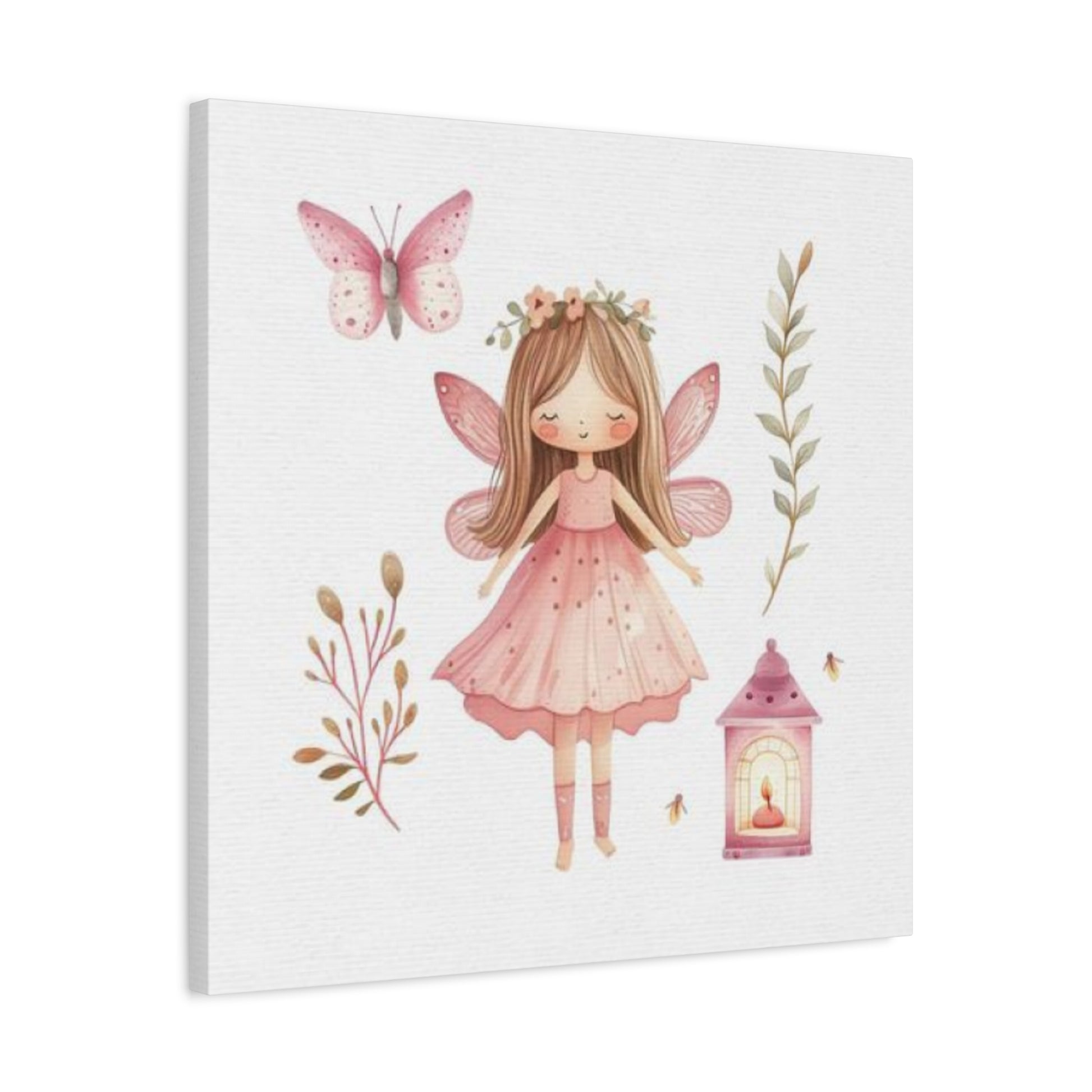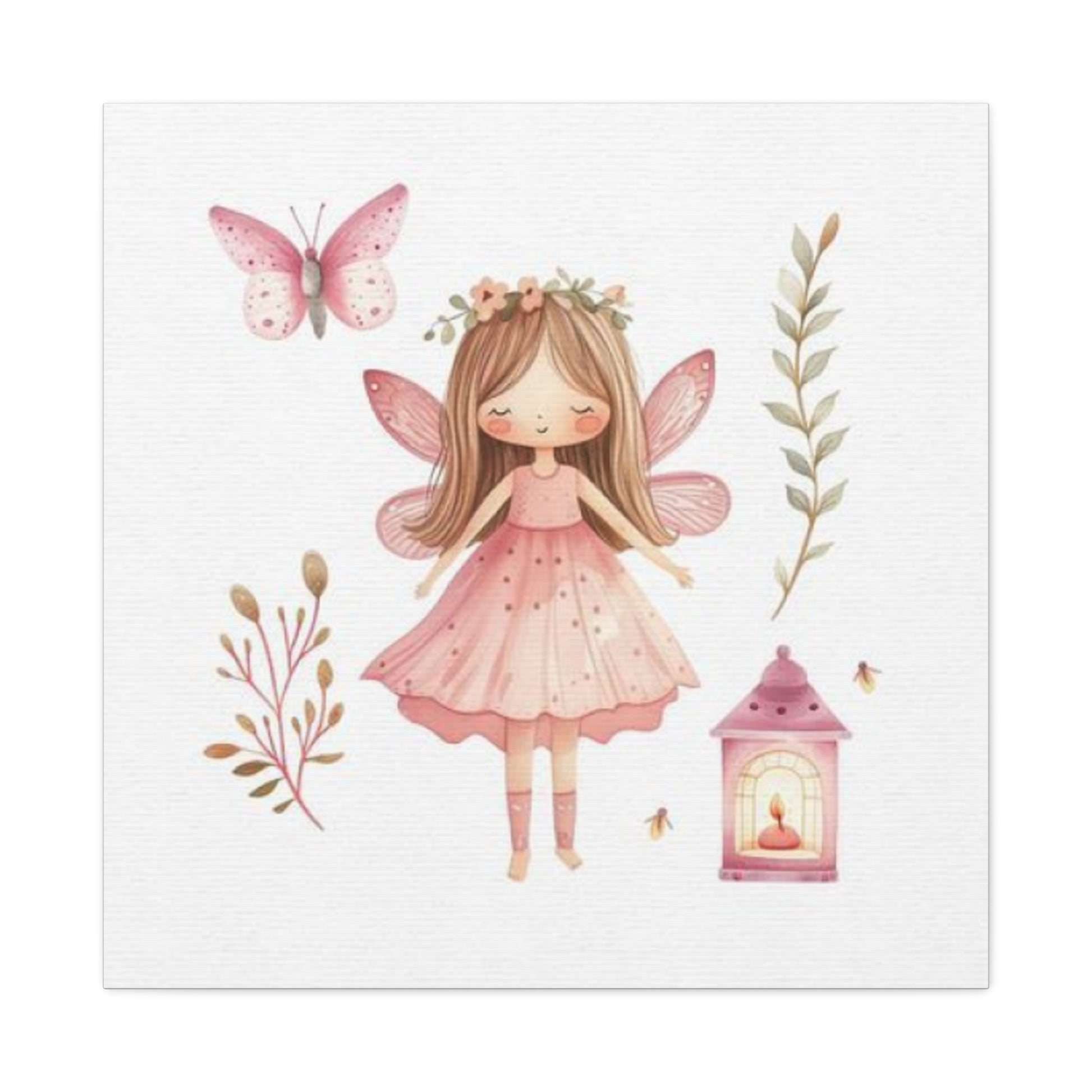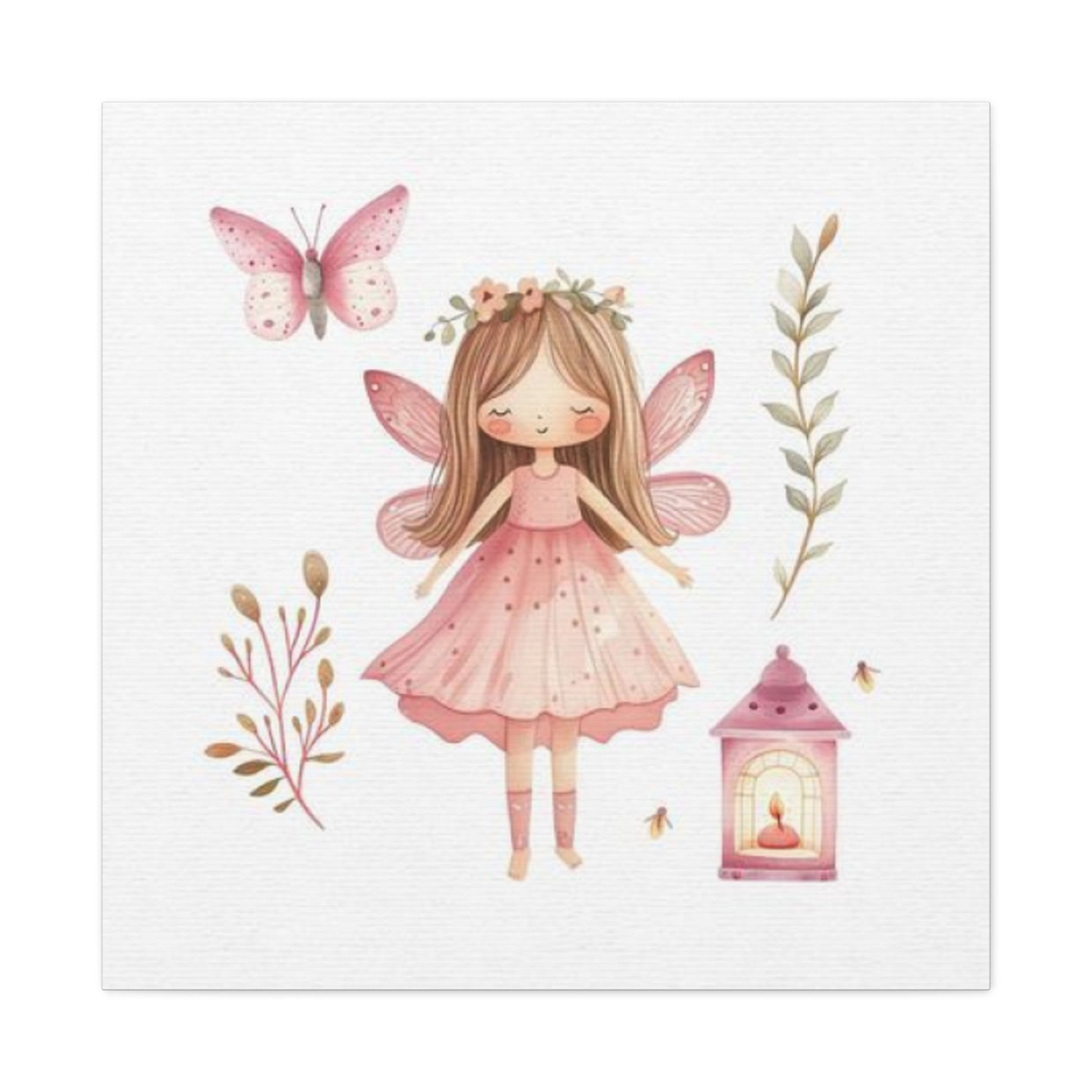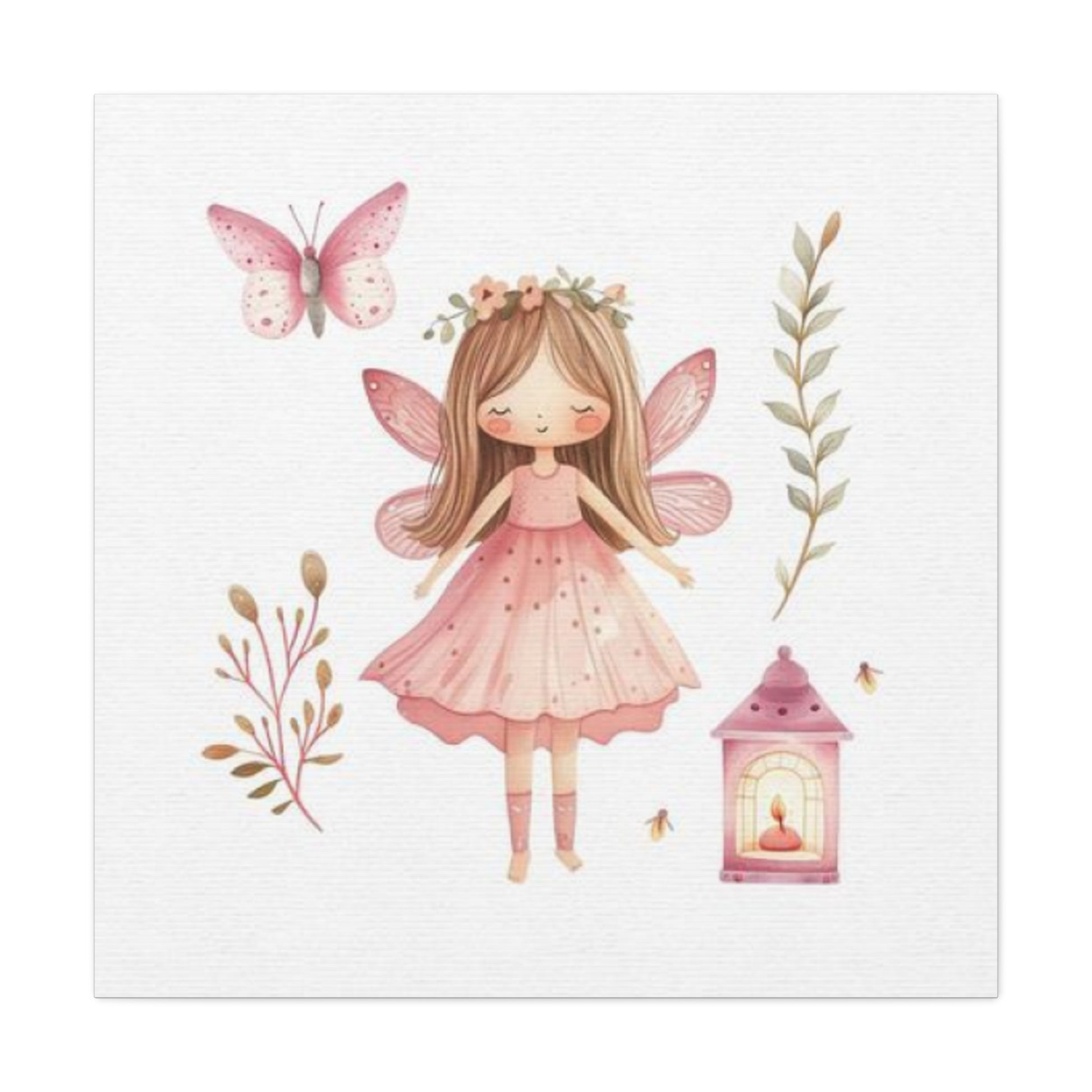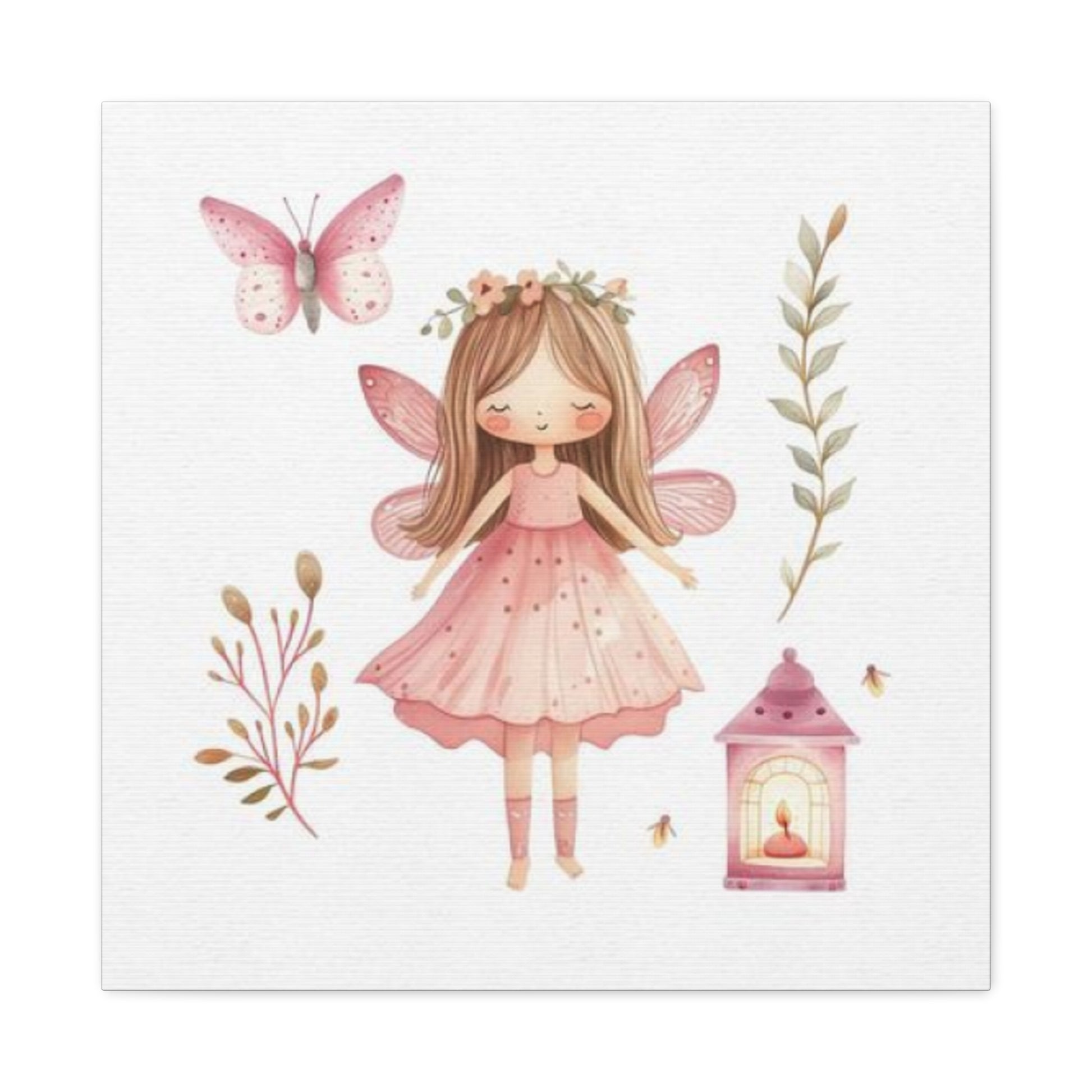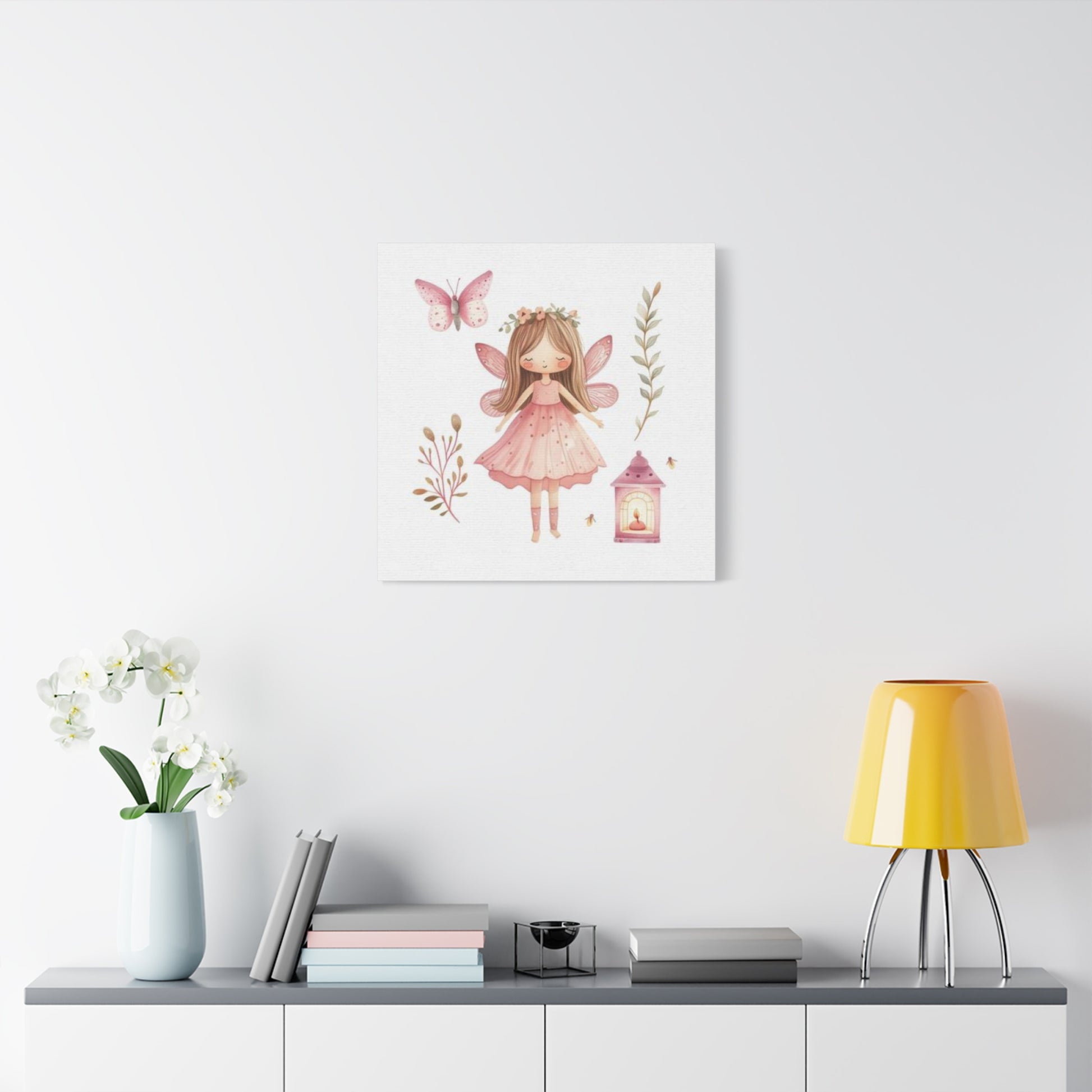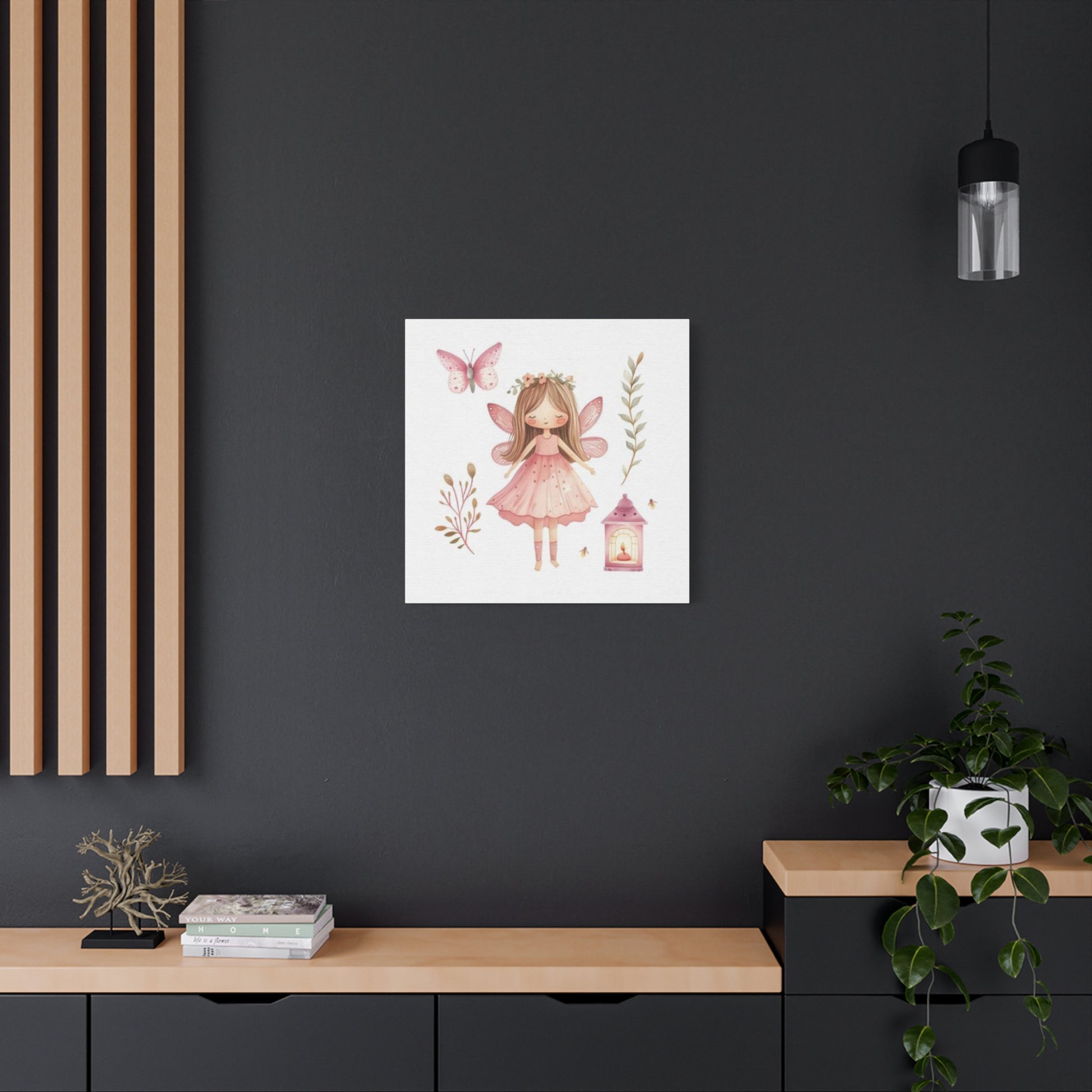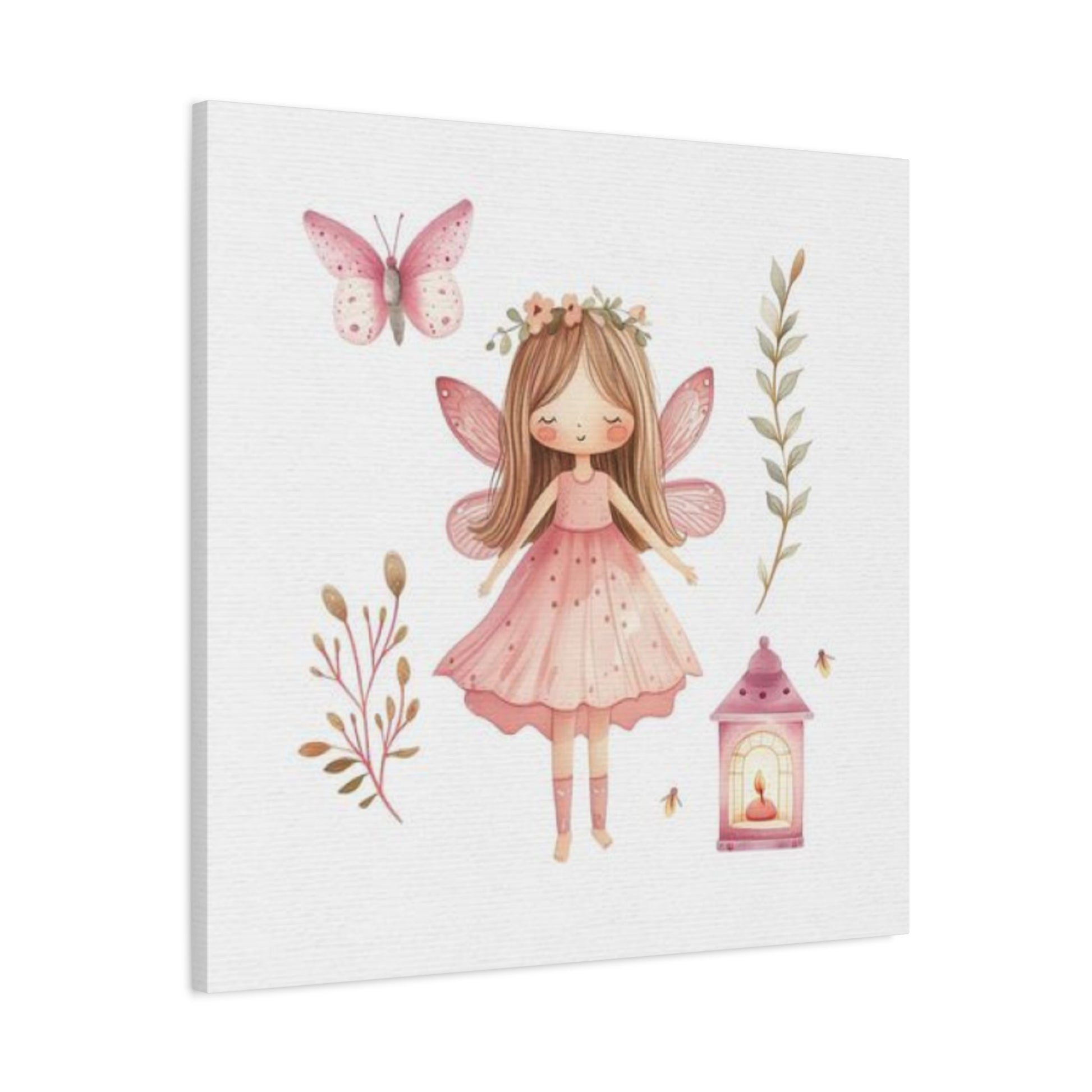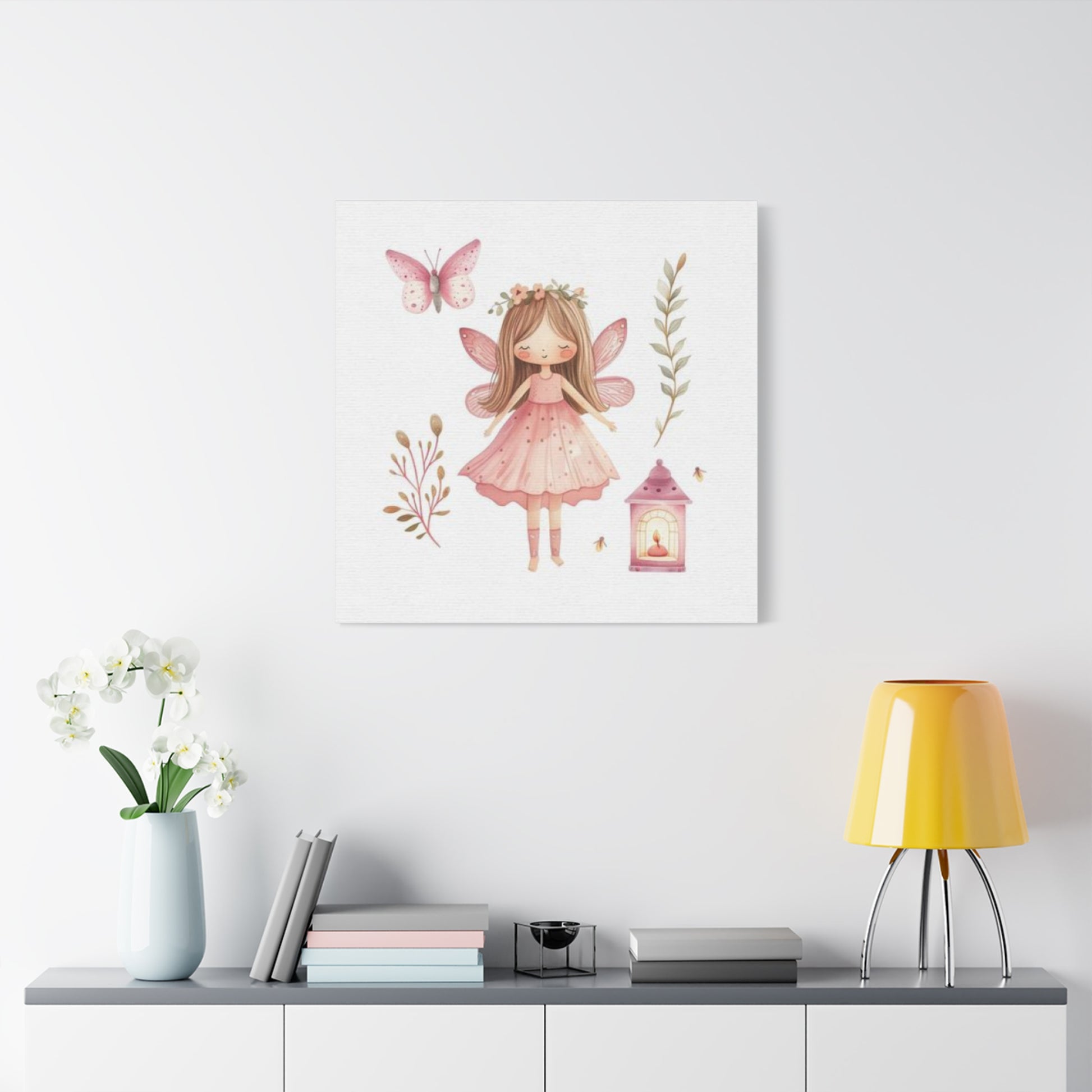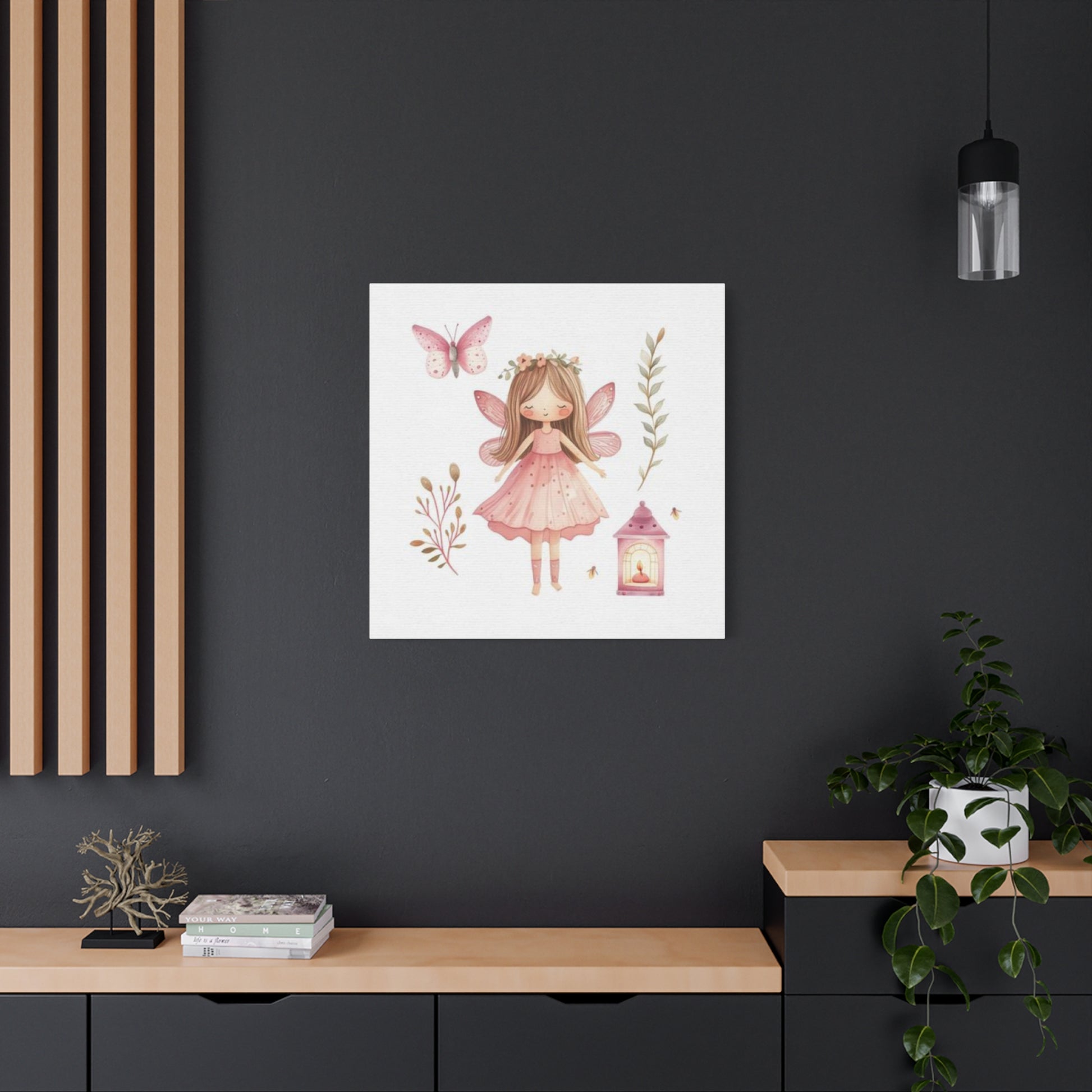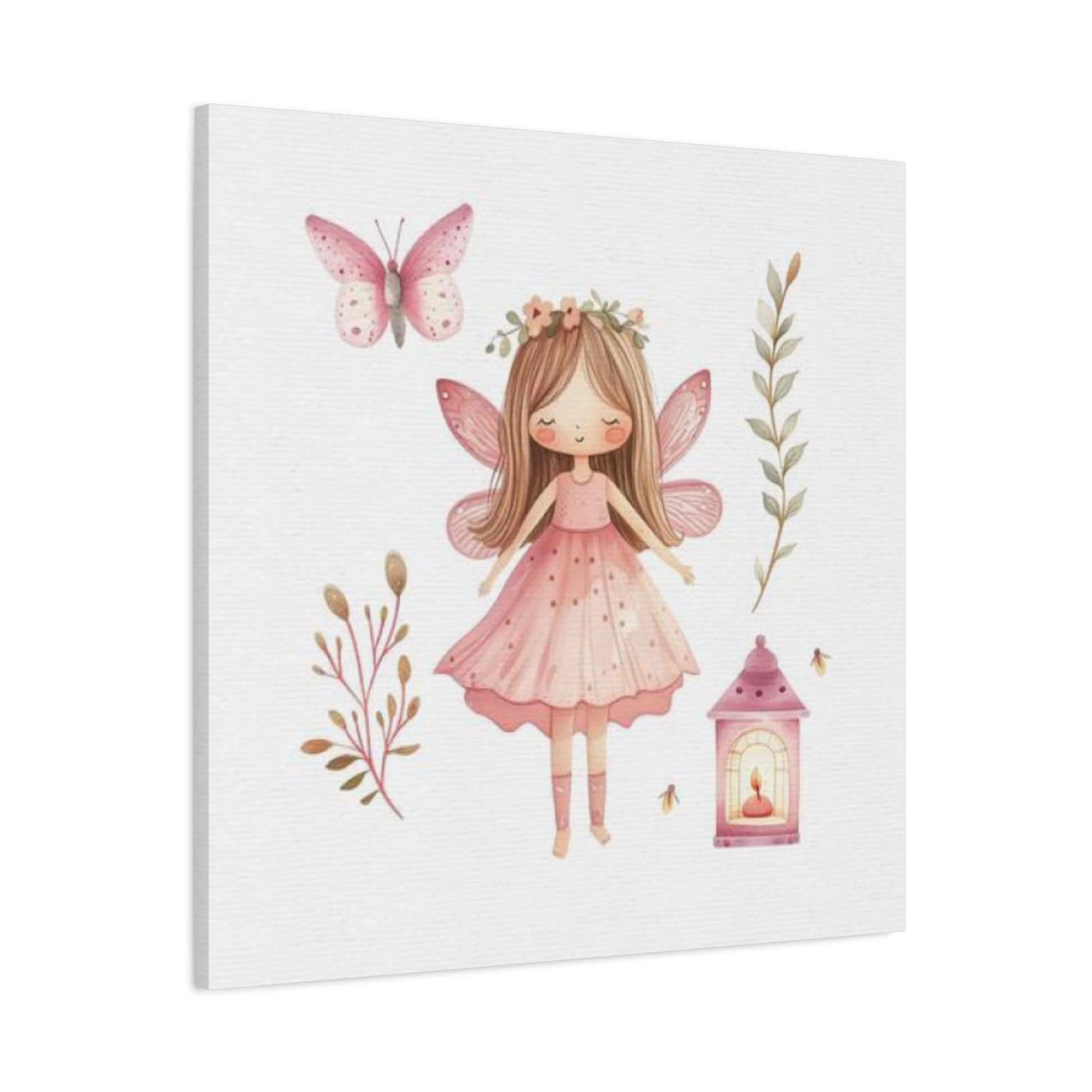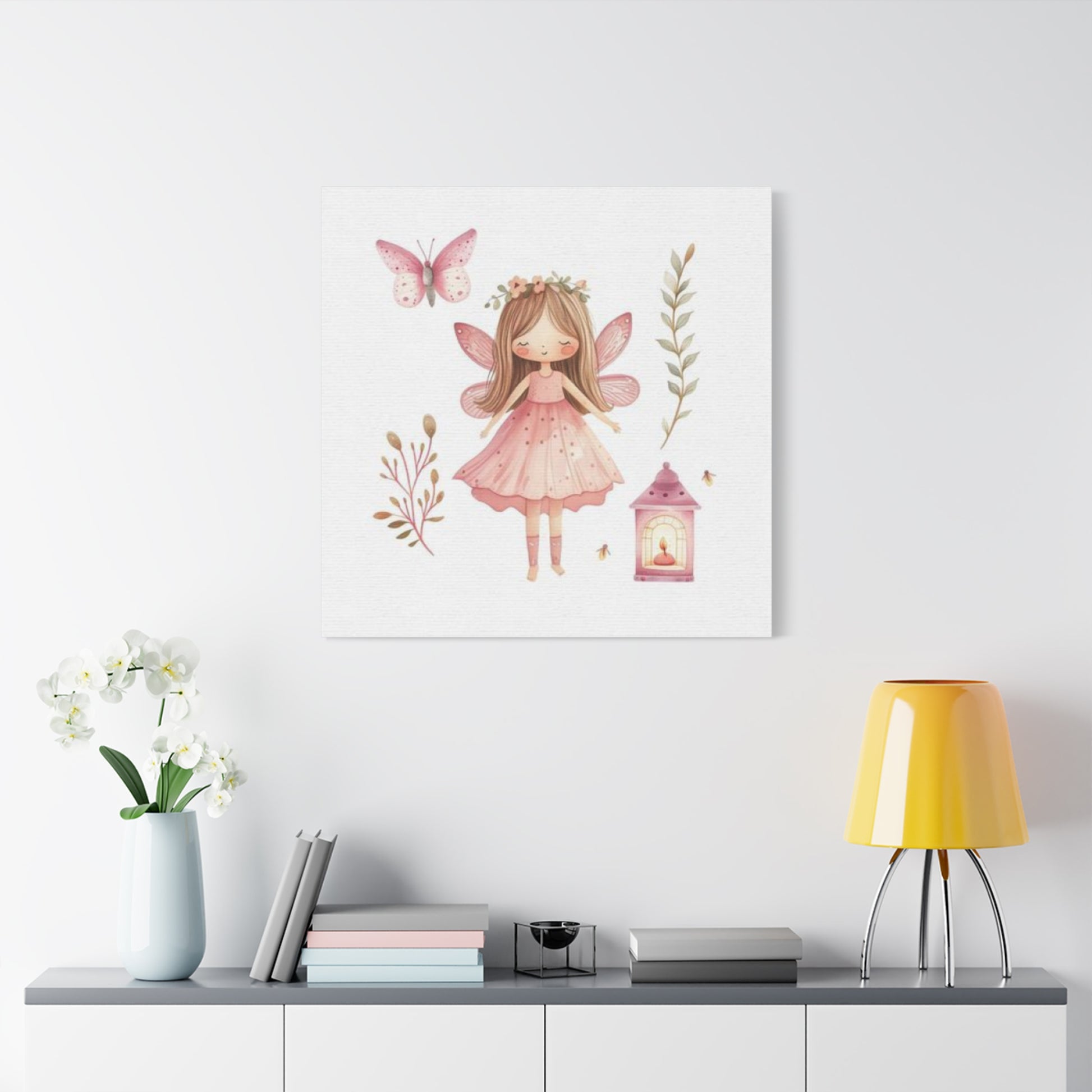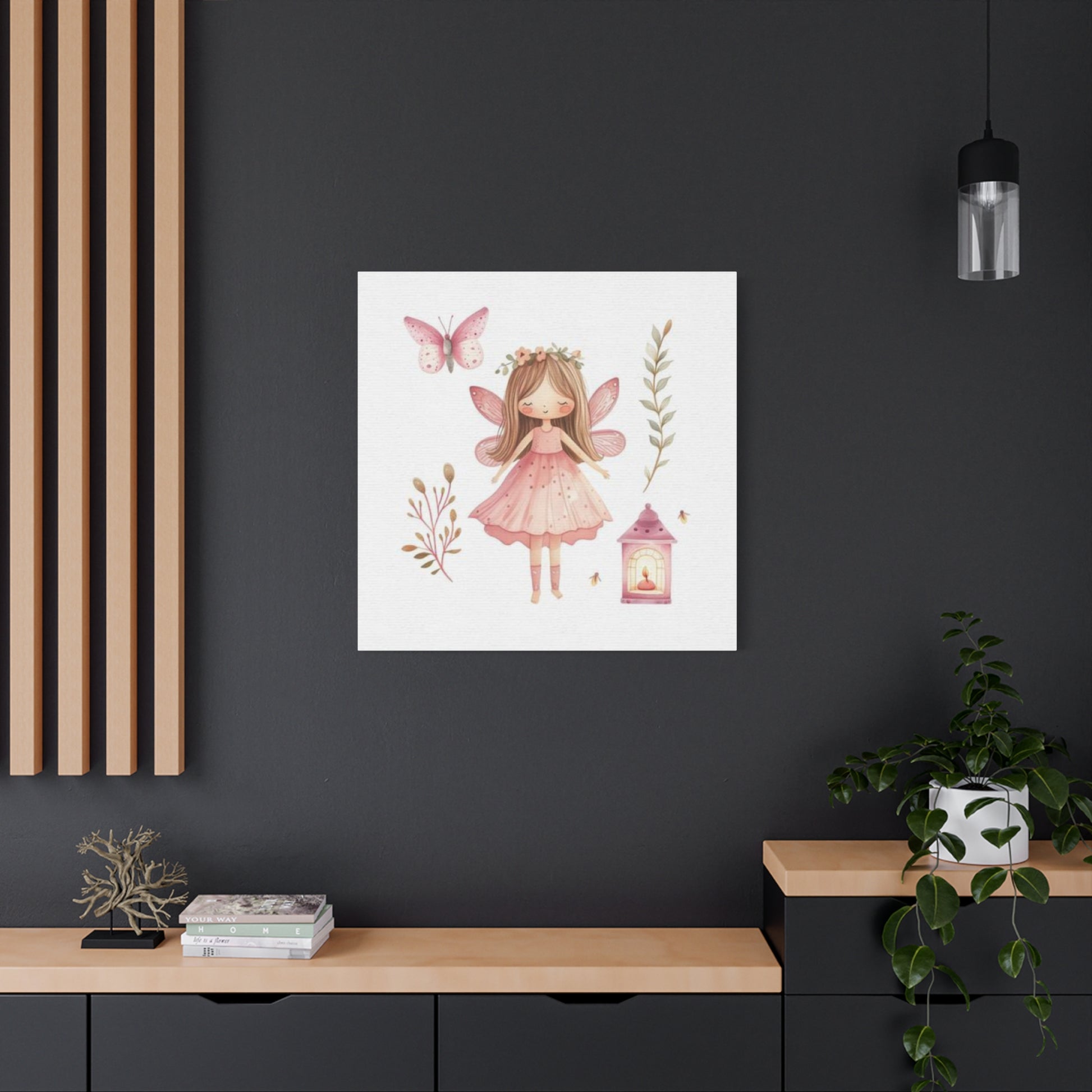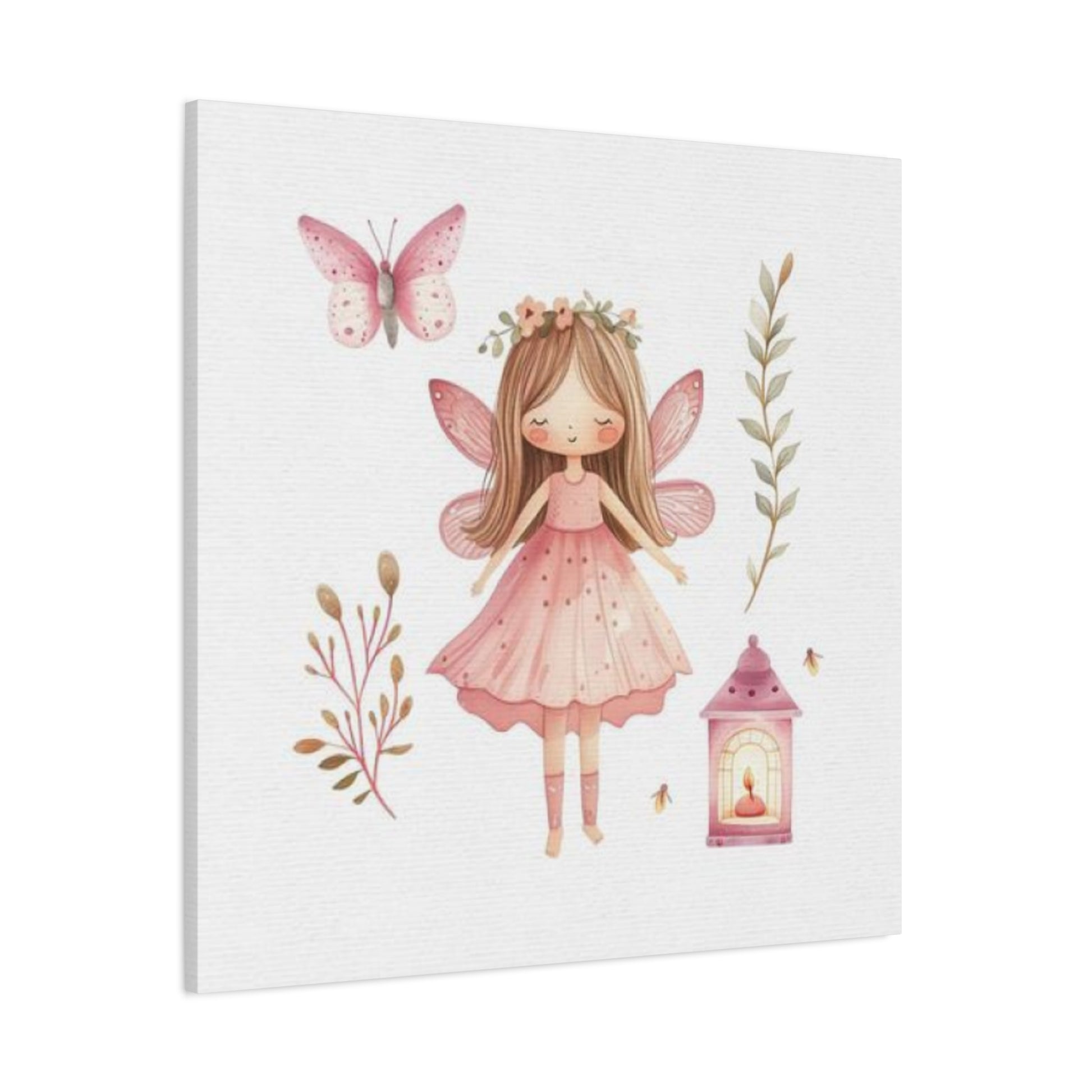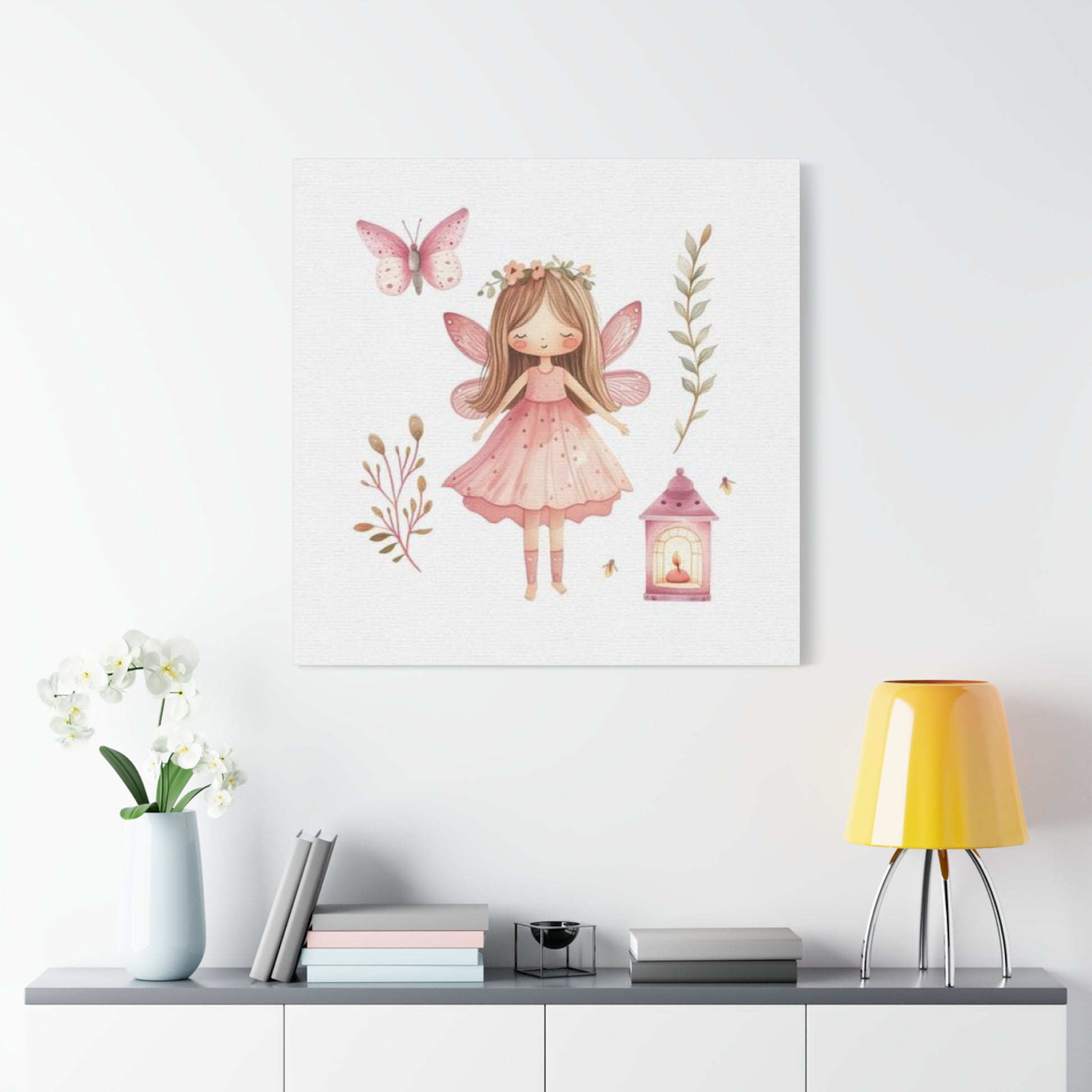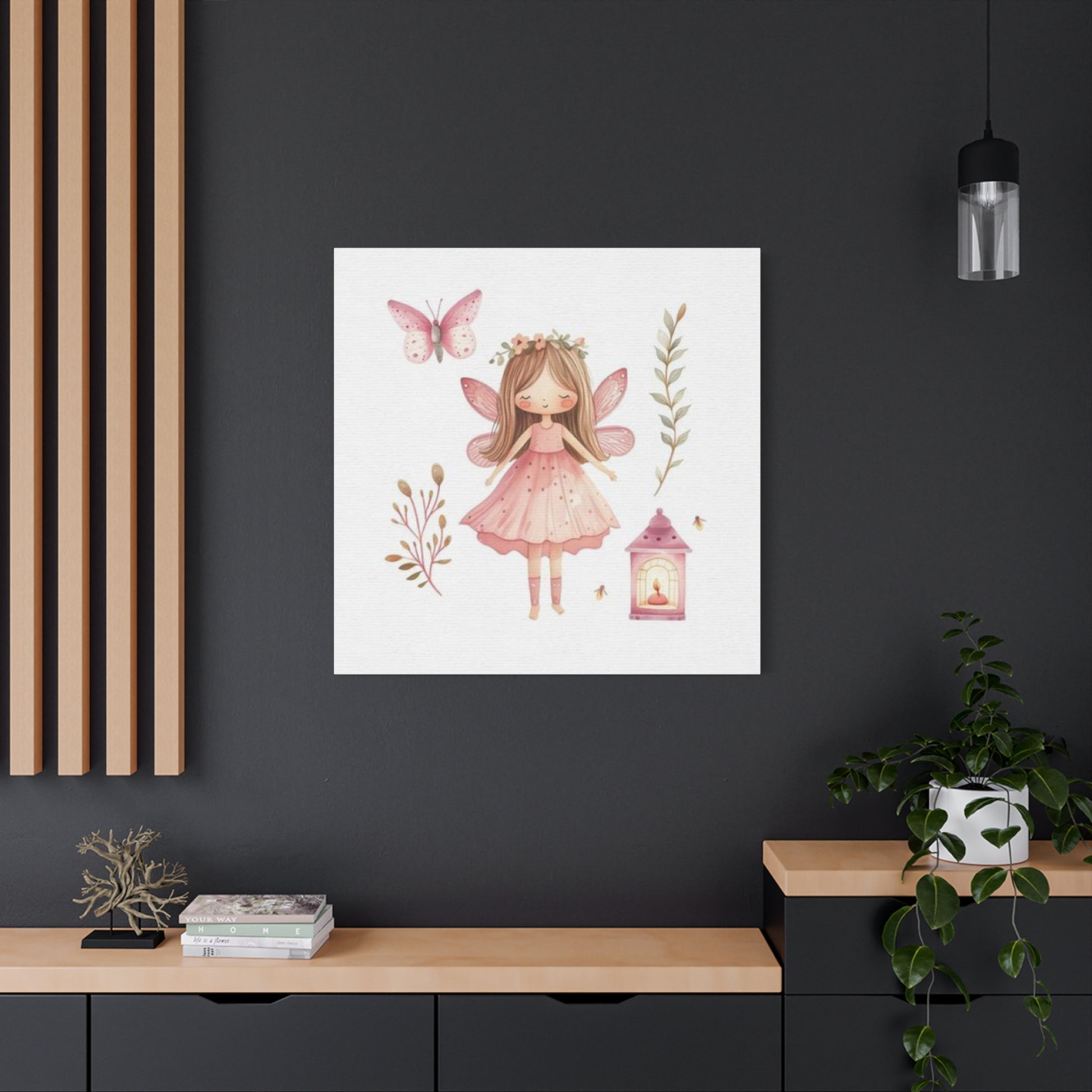Girls Fairies Wall Art & Canvas Prints
Girls Fairies Wall Art & Canvas Prints
Couldn't load pickup availability
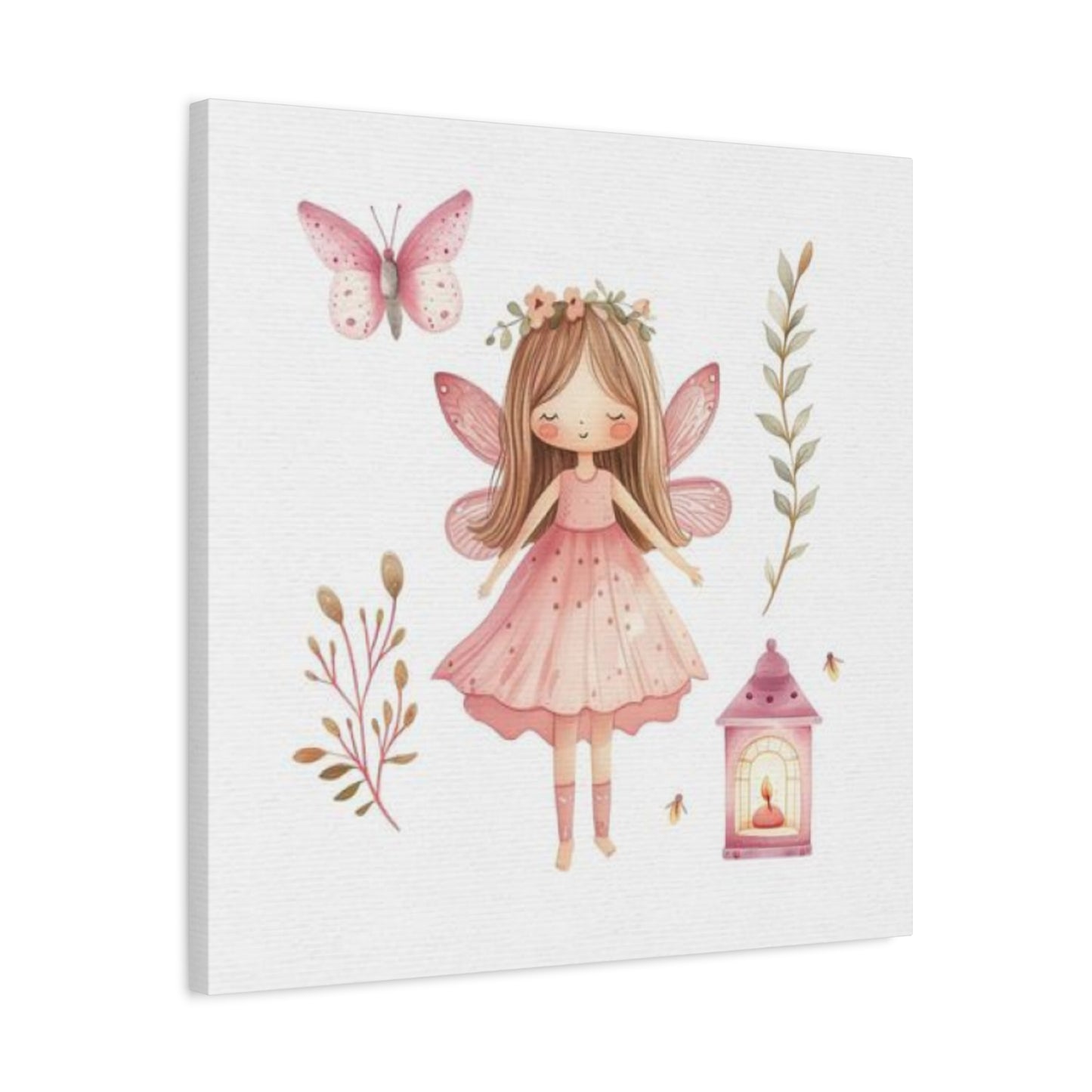
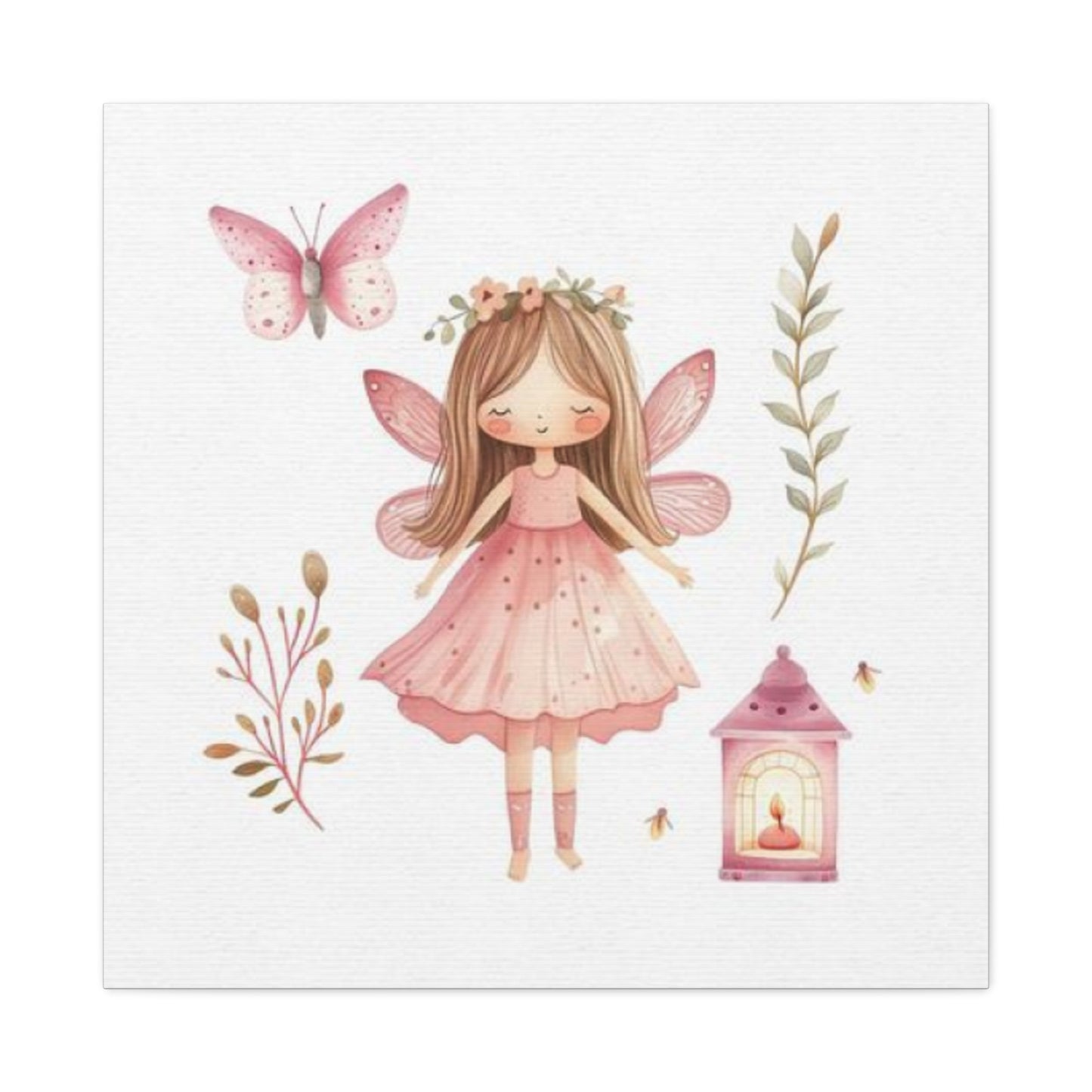
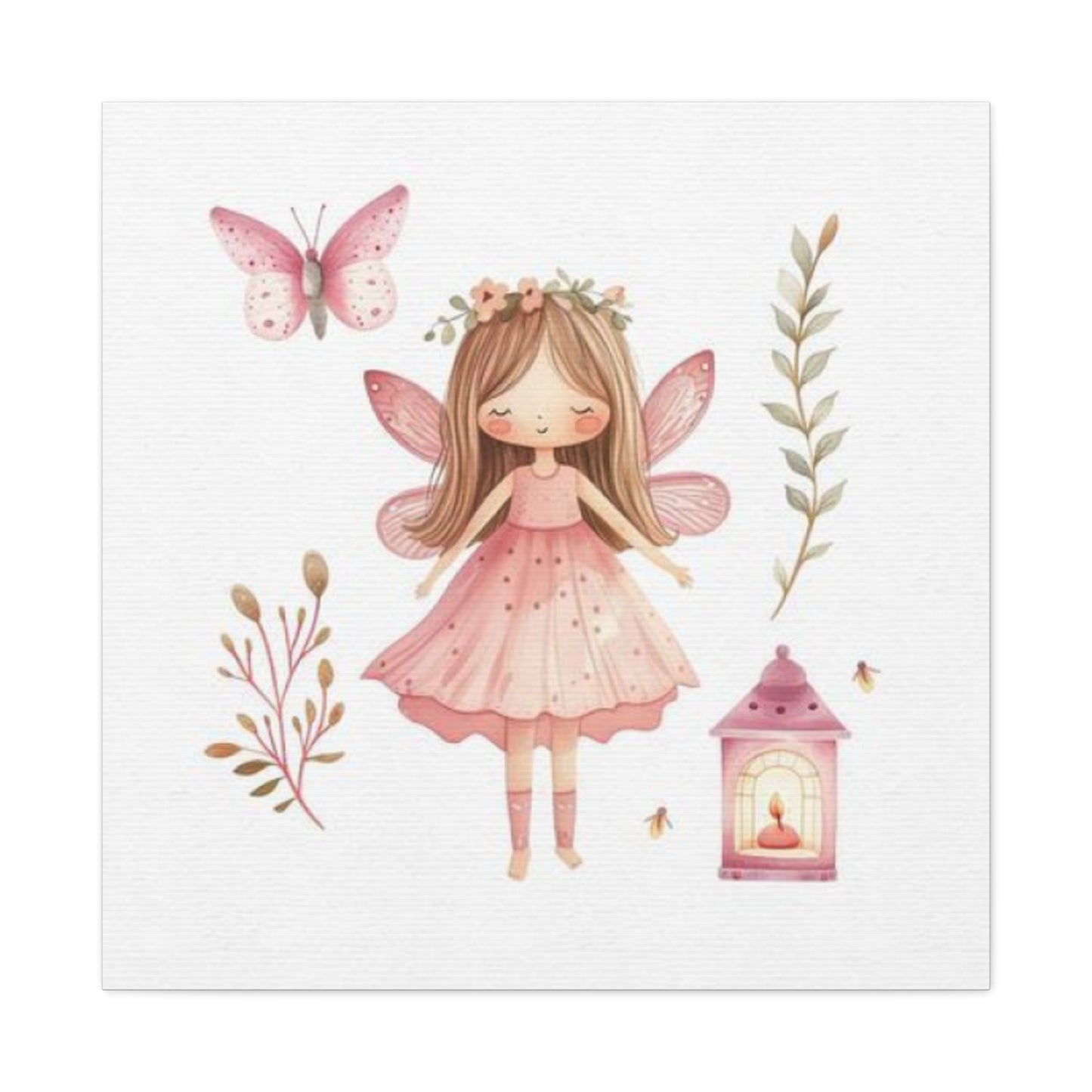
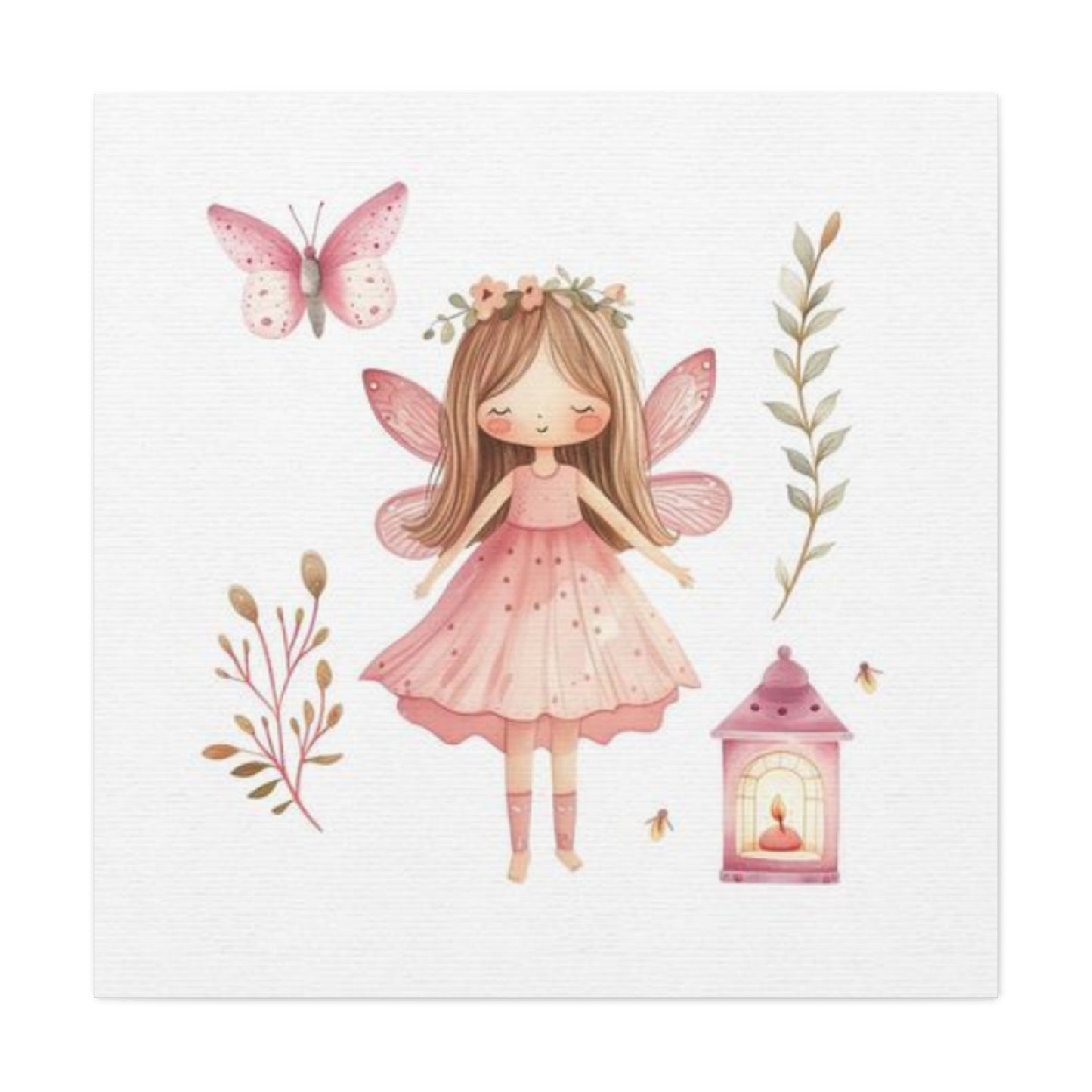
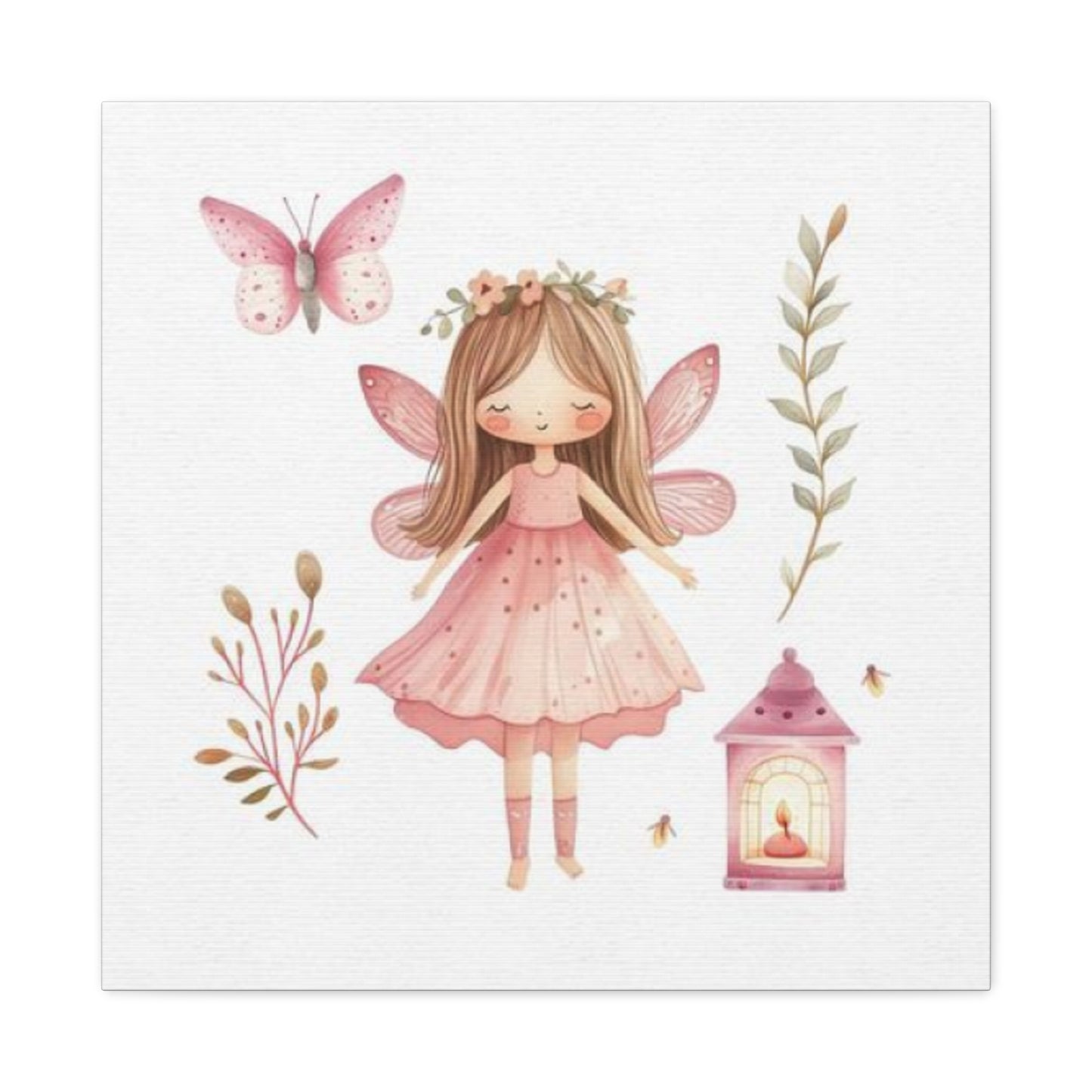
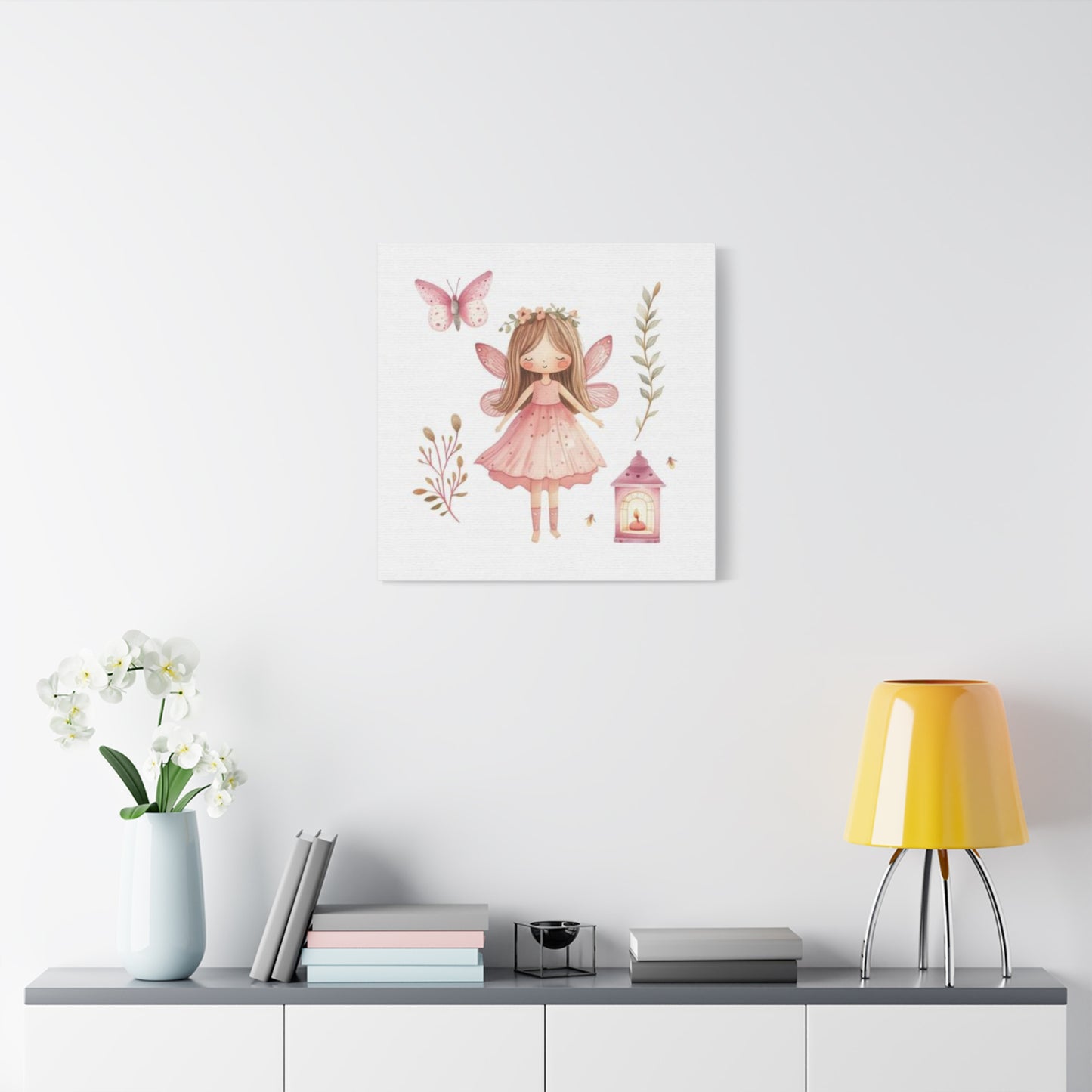
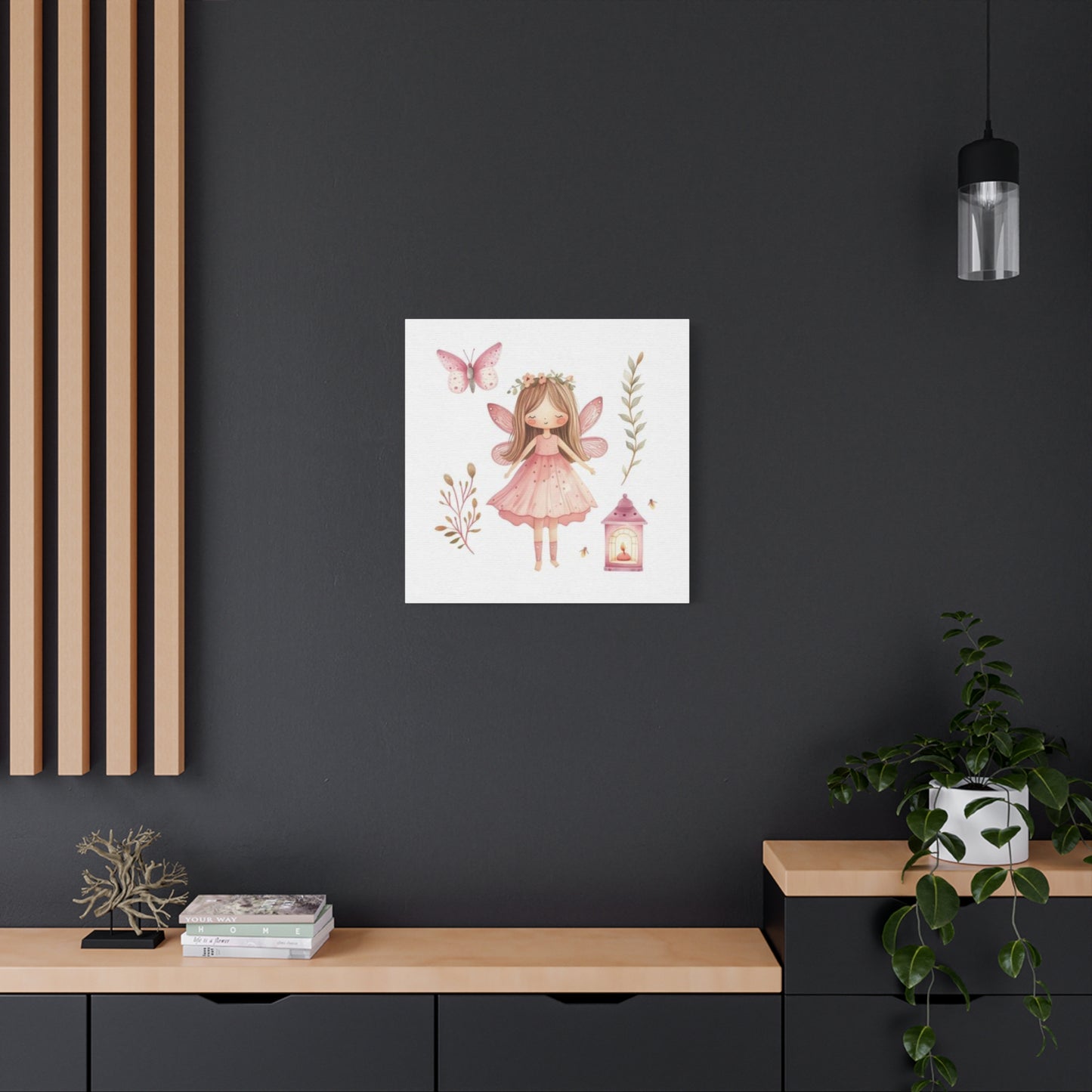
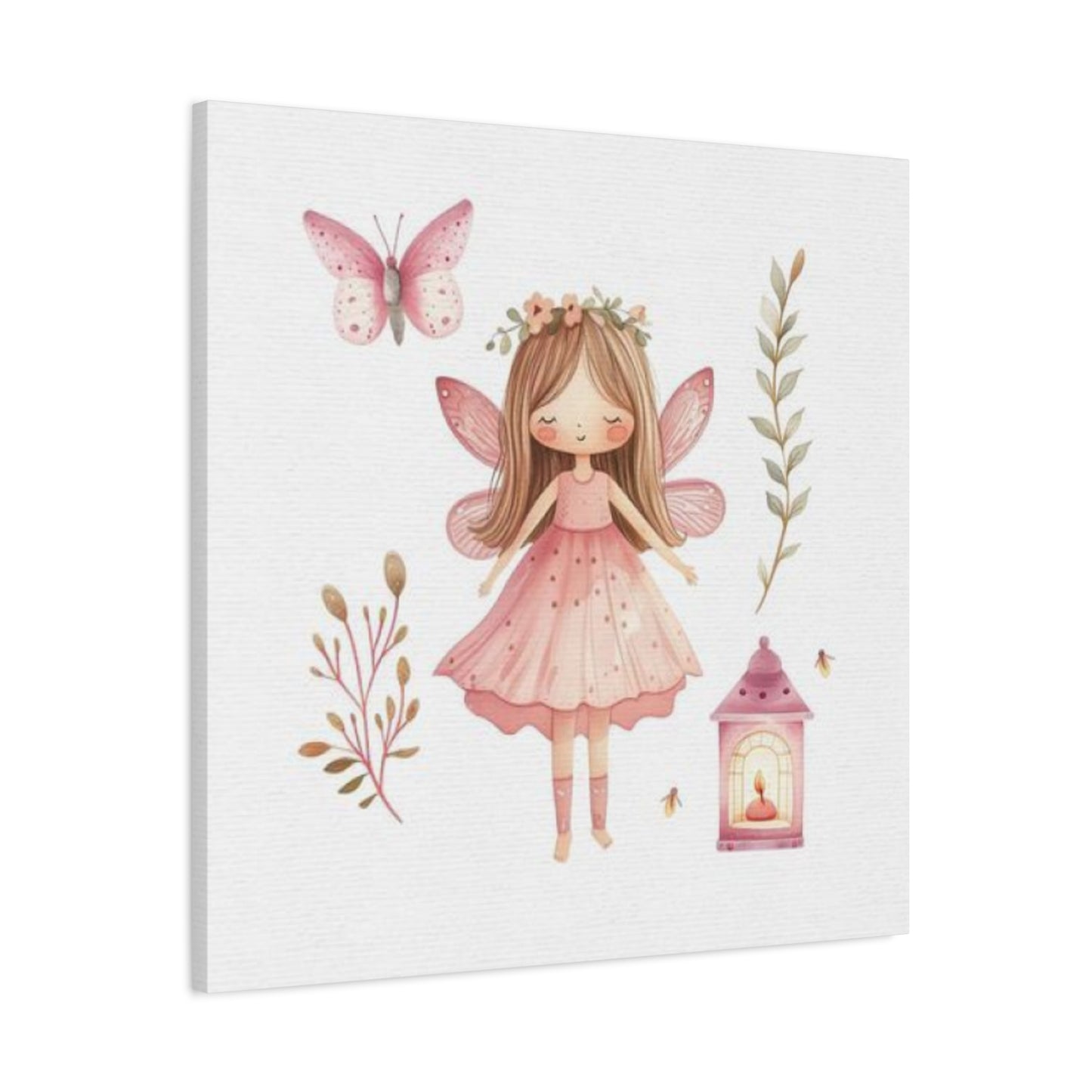
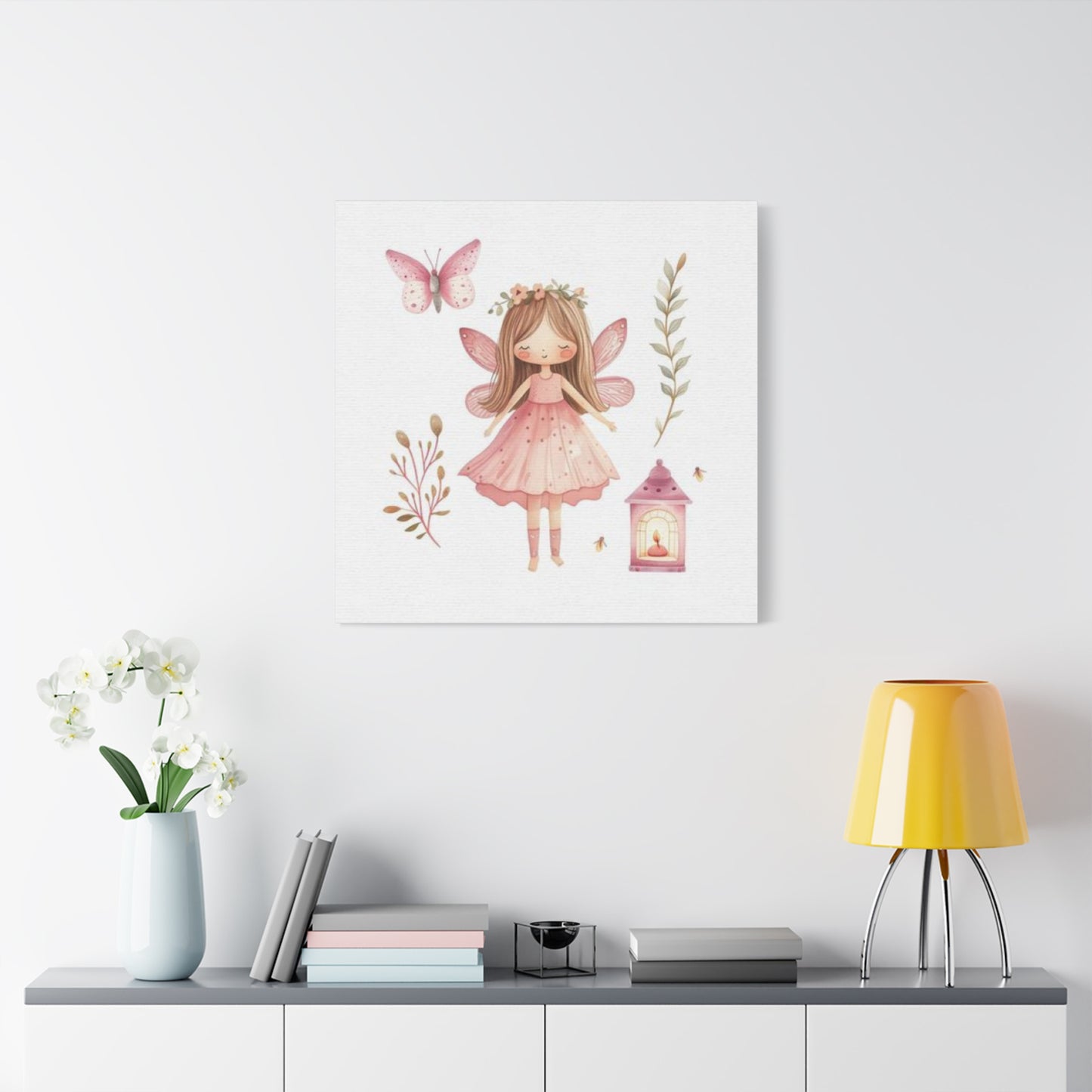
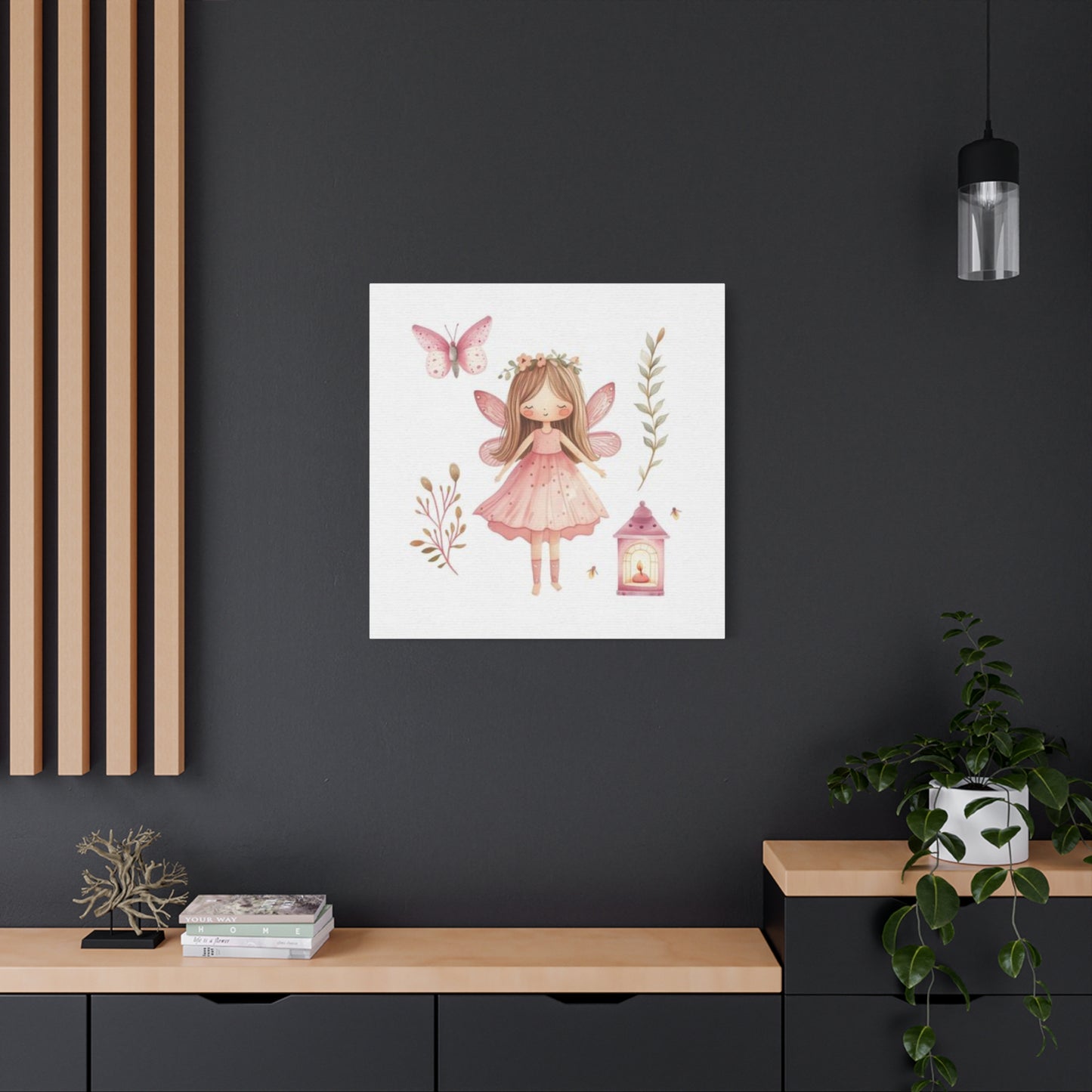
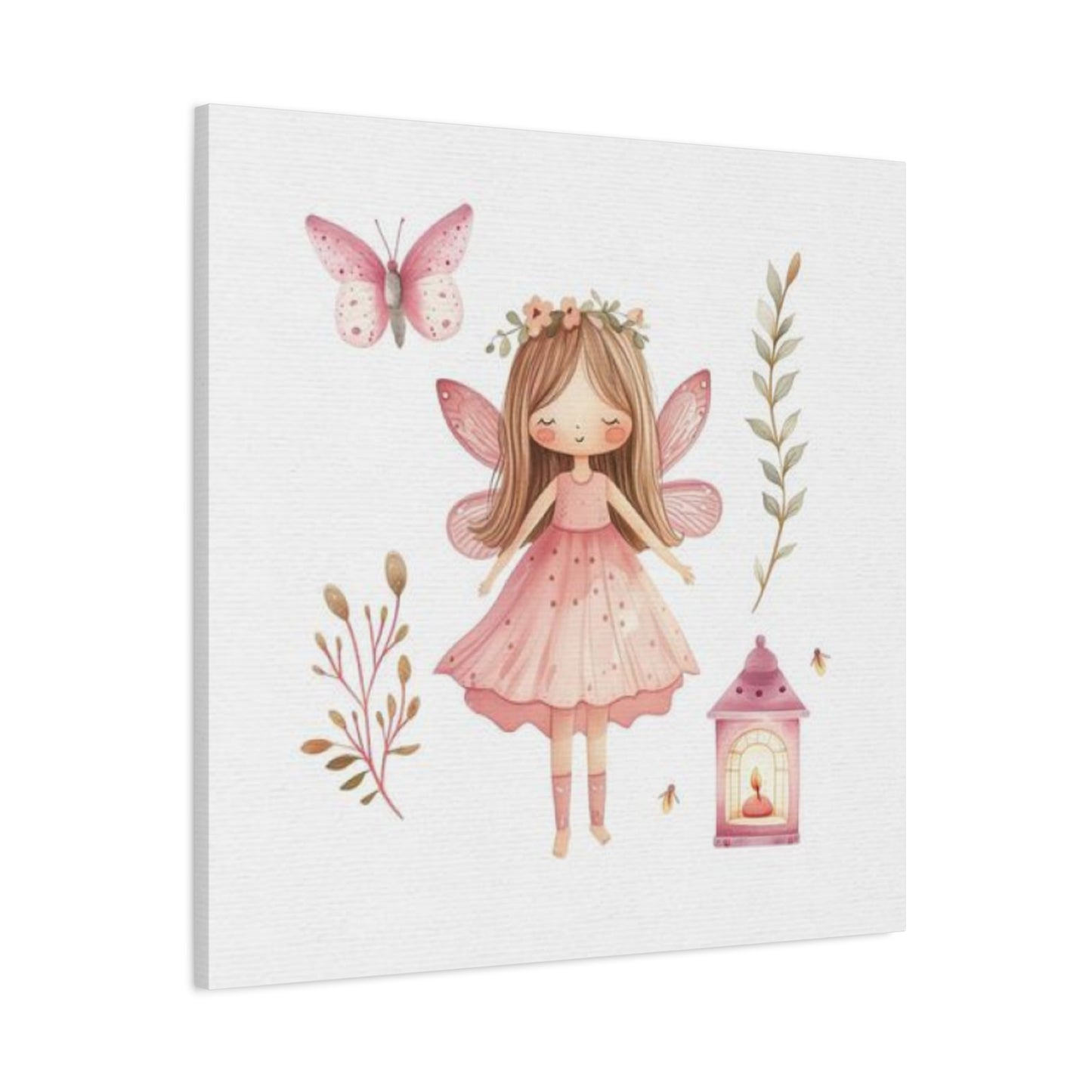
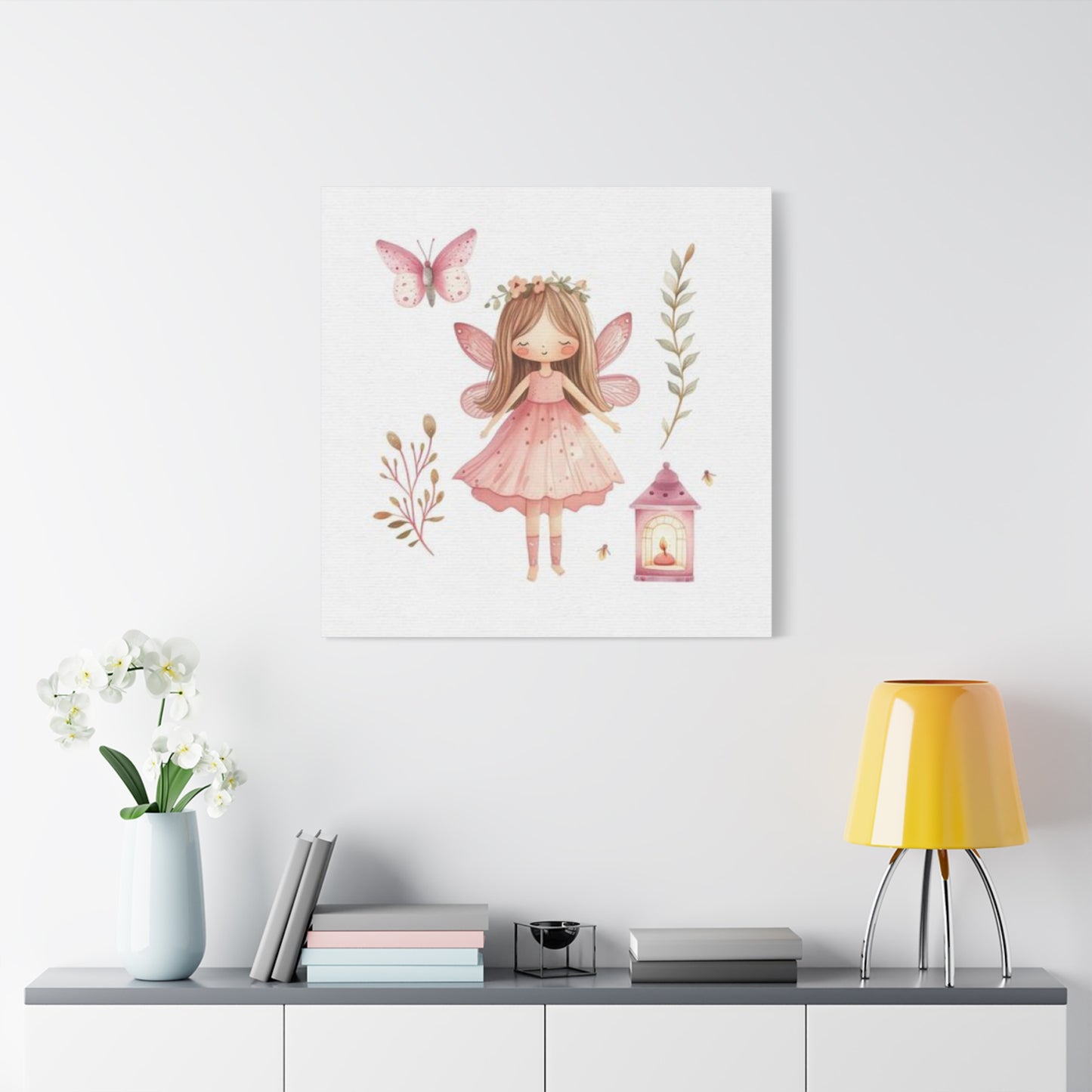
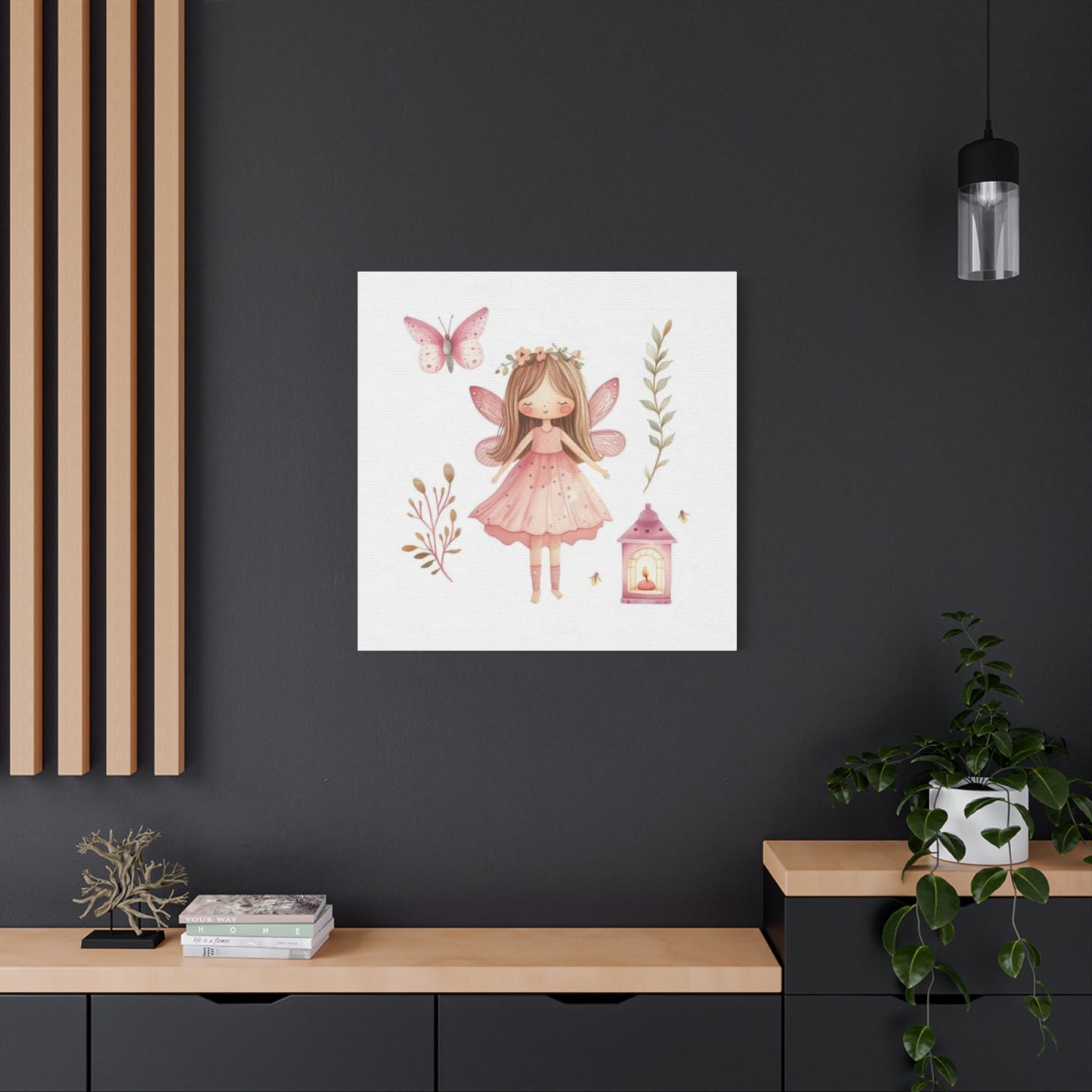
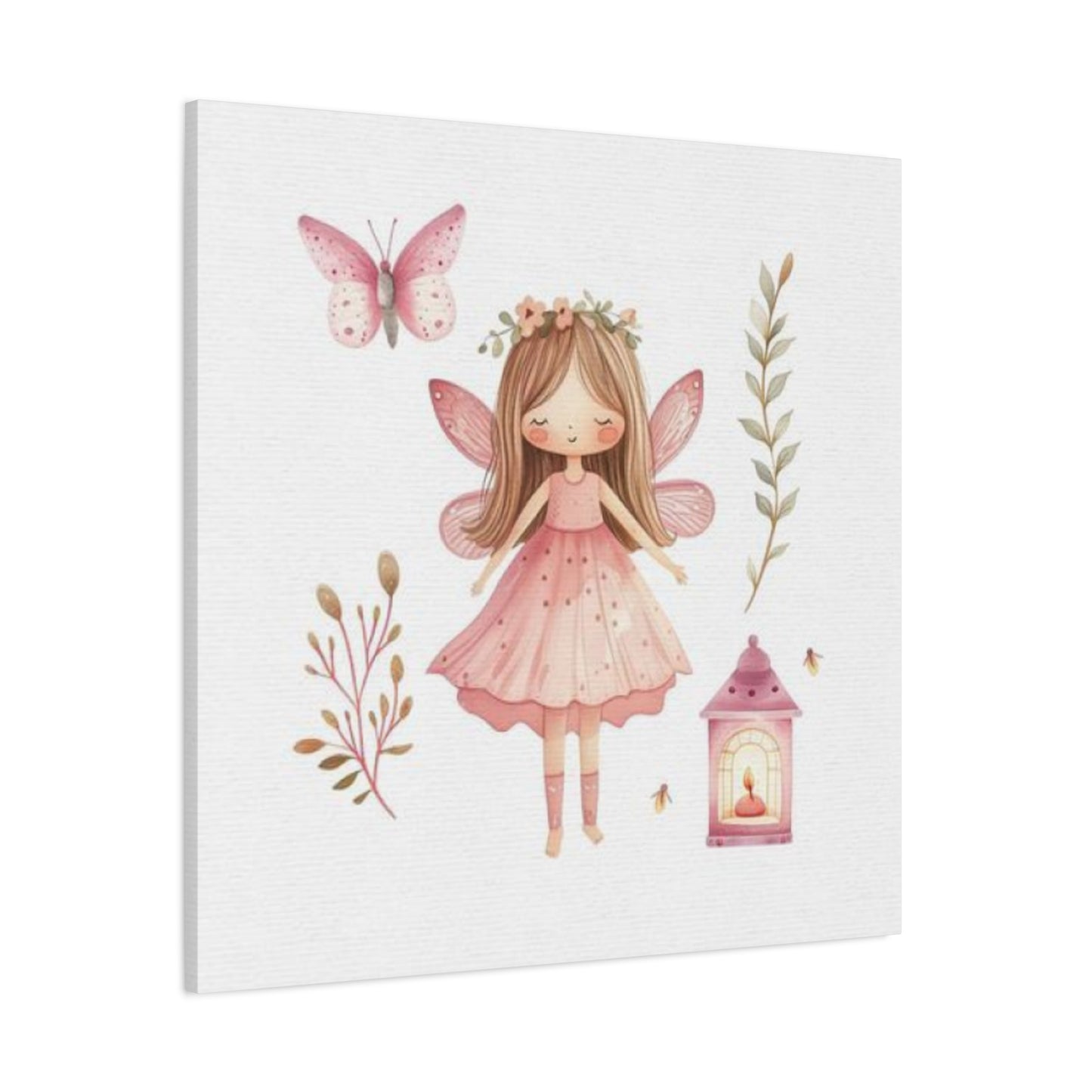
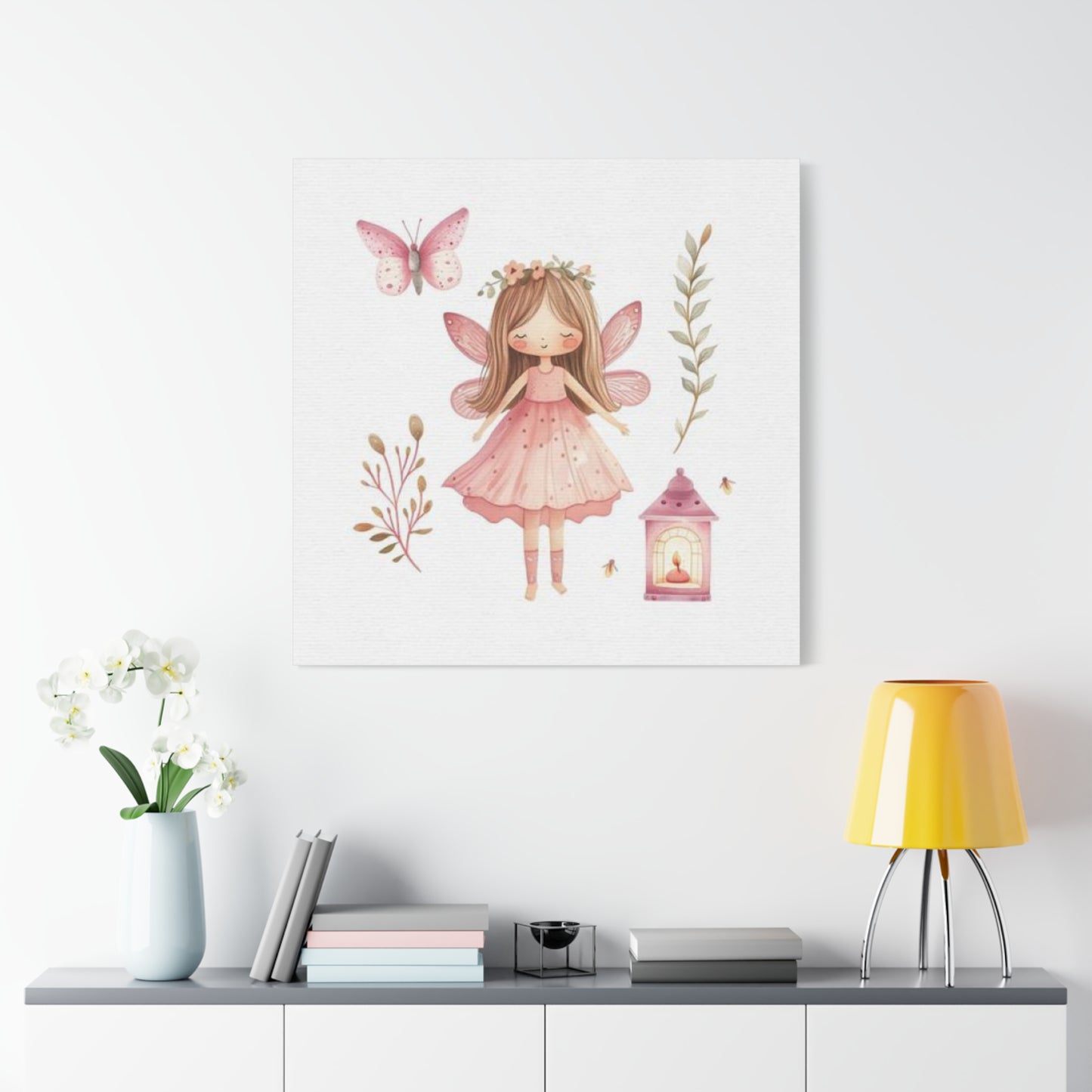
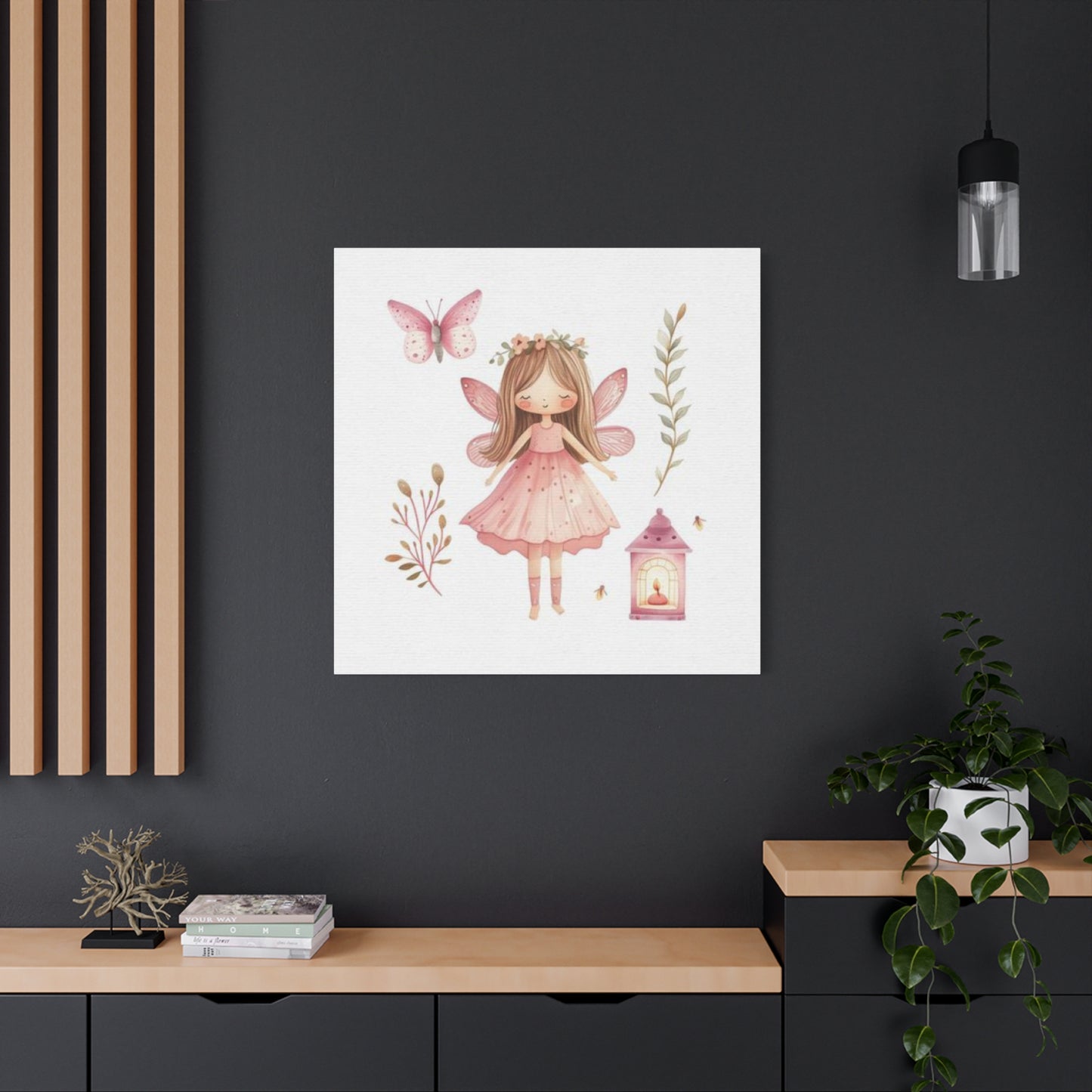
Enchanting Girls Fairies Wall Art: Creating Magical Wonderlands for Young Dreamers
The world of enchantment and wonder comes alive through carefully selected wall art featuring mystical fairies and magical girls. These captivating artistic pieces transform ordinary rooms into extraordinary realms where imagination flourishes and dreams take flight. Parents and caregivers seeking to create inspiring environments for their children often turn to fairy-themed artwork as a gateway to fostering creativity, wonder, and joy.
Fairy wall art represents more than mere decoration; it serves as a portal to fantastical worlds where anything becomes possible. These ethereal beings, depicted in various artistic styles and mediums, bring stories to life while encouraging young minds to explore their own creative potential. From delicate watercolor illustrations to vibrant digital prints, fairy artwork offers endless possibilities for creating personalized sanctuaries that reflect individual personalities and preferences.
The appeal of fairy-themed artwork extends beyond childhood fascination, tapping into universal themes of magic, transformation, and the beauty found in nature. These artistic representations often incorporate elements such as flowers, butterflies, forests, and celestial bodies, creating comprehensive visual narratives that captivate viewers of all ages. The versatility of fairy artwork allows it to complement various decorating styles, from whimsical and playful to elegant and sophisticated.
Modern fairy wall art encompasses diverse artistic approaches, including traditional illustrations, contemporary interpretations, photographic compositions, and mixed-media creations. This variety ensures that every individual can find pieces that resonate with their aesthetic preferences while maintaining the magical essence that makes fairy artwork so compelling. The evolution of fairy art reflects changing cultural perspectives on femininity, empowerment, and the celebration of imagination as a valuable aspect of human experience.
Creating magical environments through fairy wall art involves understanding the psychological impact of visual elements on developing minds. Research suggests that exposure to fantasy and imaginative artwork can enhance creative thinking, emotional development, and problem-solving abilities. By surrounding children with images of brave fairy adventurers, gentle woodland sprites, and magical kingdoms, parents provide visual inspiration for storytelling, role-playing, and creative expression.
The selection process for fairy wall art requires consideration of various factors including age appropriateness, artistic quality, color schemes, and thematic coherence. High-quality artwork should demonstrate attention to detail, skillful execution, and positive messaging that aligns with family values. Many contemporary fairy artists focus on creating empowering representations that celebrate diversity, courage, and kindness while maintaining the enchanting qualities that make fairy art so beloved.
Magical Girls & Fairies Wall Art
Magical girls and fairies represent powerful archetypes in contemporary culture, embodying themes of transformation, courage, and the triumph of good over evil. This artistic genre combines traditional fairy folklore with modern superhero narratives, creating compelling visual stories that resonate with young audiences seeking both entertainment and inspiration. The artwork often features characters with special powers, elaborate costumes, and strong moral convictions, providing positive role models for developing minds.
The artistic representation of magical girls typically incorporates vibrant color palettes, dynamic poses, and intricate costume details that capture the excitement and energy of transformation sequences. These pieces often showcase characters in moments of discovery, triumph, or magical transformation, emphasizing themes of personal growth and empowerment. The combination of fairy aesthetics with superhero elements creates unique visual narratives that appeal to children who appreciate both fantasy and adventure.
Contemporary artists working in this genre often draw inspiration from various cultural sources, including Japanese anime, Western fairy tales, and modern graphic novels. This cross-cultural pollination results in diverse artistic styles that reflect global perspectives on heroism, femininity, and magical power. The artwork frequently features elements such as sparkling effects, flowing ribbons, mystical weapons, and fantastical creatures that enhance the sense of wonder and excitement.
The psychological impact of magical girl artwork extends beyond mere entertainment, offering viewers opportunities to explore concepts of identity, responsibility, and personal agency. These characters often face challenges that mirror real-world struggles, providing frameworks for understanding complex emotions and situations. The magical elements serve as metaphors for inner strength, creativity, and the potential for positive change that exists within every individual.
When selecting magical girl and fairy wall art, consider pieces that emphasize positive character traits such as bravery, compassion, friendship, and perseverance. Look for artwork that depicts characters working together to overcome obstacles, showing kindness to others, or using their abilities to help those in need. These visual messages reinforce valuable life lessons while maintaining the entertaining and magical qualities that make the genre so appealing.
The technical aspects of magical girl artwork often involve sophisticated use of light, color, and composition to create dynamic and engaging pieces. Artists may employ techniques such as gradient backgrounds, glowing effects, and detailed costume rendering to enhance the magical atmosphere. The careful attention to artistic craftsmanship ensures that these pieces serve as both entertainment and examples of skilled artistic execution.
Decorating with Fairy Art for Girls
Creating enchanting environments through fairy artwork requires thoughtful consideration of various elements including color coordination, thematic consistency, and age-appropriate content. The decorating process involves more than simply hanging pictures on walls; it encompasses creating cohesive visual narratives that support the overall atmosphere and purpose of the room. Successful fairy-themed decoration balances whimsical elements with practical considerations to create functional yet magical environments.
The foundation of effective fairy art decoration begins with understanding the existing architectural features and color scheme of the room. Fairy artwork should complement rather than compete with existing elements, creating harmonious compositions that enhance the overall aesthetic appeal. Consider how natural light affects the appearance of artwork throughout the day, as fairy pieces often feature delicate colors and subtle details that benefit from proper illumination.
Placement strategies for fairy artwork involve creating focal points that draw attention while maintaining visual balance throughout the room. Large statement pieces work well as centerpieces, while smaller complementary works can be grouped to create gallery walls or storytelling sequences. The height at which artwork is hung should consider the primary viewers, ensuring that children can easily see and appreciate the details of their favorite fairy characters.
Thematic groupings of fairy artwork can tell comprehensive stories or explore specific aspects of fairy lore. For example, a collection might focus on seasonal fairies, each representing different times of year with appropriate colors and natural elements. Alternatively, pieces might chronicle the adventures of a particular fairy character, creating visual narratives that encourage storytelling and imagination. These thematic approaches provide coherence while allowing for personal expression and creativity.
The integration of three-dimensional elements with two-dimensional artwork creates layered visual experiences that enhance the magical atmosphere. Consider incorporating fairy figurines, artificial flowers, butterfly decorations, or string lights that complement the artwork while adding depth and interactivity to the decorating scheme. These additions should support rather than overwhelm the primary artistic pieces, maintaining focus on the quality artwork while enhancing the overall magical theme.
Seasonal rotation of fairy artwork allows for changing displays that maintain interest and excitement throughout the year. Spring pieces might feature flower fairies and garden scenes, while winter artwork could showcase snow fairies and magical ice kingdoms. This approach prevents visual staleness while providing opportunities to discuss seasonal changes, natural cycles, and the diverse aspects of fairy mythology. Storage solutions for rotated artwork ensure pieces remain in excellent condition for future display.
The psychological impact of well-planned fairy art decoration extends beyond aesthetic pleasure, contributing to positive emotional development and creative thinking. Children who grow up surrounded by carefully chosen fantasy artwork often develop stronger imaginative capabilities, enhanced storytelling abilities, and increased appreciation for artistic expression. The visual richness of fairy-themed environments provides constant inspiration for play, learning, and creative activities.
DIY Girls and Fairies Wall Prints
Creating personalized fairy wall art through do-it-yourself projects offers unique opportunities for customization, creativity, and family bonding. These projects range from simple printing and framing activities to complex mixed-media creations that incorporate various artistic techniques and materials. DIY fairy art allows for complete control over aesthetic choices while providing cost-effective solutions for decorating large or multiple rooms.
Digital design tools have democratized the creation of professional-quality fairy artwork, enabling parents and children to collaborate on original designs that reflect personal preferences and interests. Software applications offer templates, design elements, and editing capabilities that make it possible to create stunning fairy illustrations without extensive artistic training. These tools allow for experimentation with colors, compositions, and effects until the perfect design emerges.
Printable fairy art templates provide starting points for creative projects while allowing for personal customization through coloring, embellishment, or modification. Many online resources offer free or affordable downloadable designs that can be printed at home or through professional printing services. These templates often include various sizes and formats, making it easy to create coordinated sets or adapt designs to specific decorating needs.
Mixed-media approaches to DIY fairy art combine traditional drawing or painting techniques with digital elements, creating unique pieces that showcase individual creativity. Projects might involve hand-painting backgrounds and digitally adding fairy characters, or combining photographs of natural settings with illustrated fairy elements. These hybrid approaches result in one-of-a-kind pieces that cannot be purchased commercially, making them especially meaningful as personal decorations.
Collaborative DIY projects involving children in the creation process provide valuable learning experiences while ensuring the final artwork reflects their personal preferences and interests. Children can contribute through color selection, story development, character design input, or actual artistic creation appropriate to their skill levels. These collaborative efforts often become treasured family memories while producing artwork that holds special significance for all participants.
The technical aspects of DIY fairy art creation require attention to quality materials, proper printing techniques, and appropriate finishing methods. High-quality paper or canvas ensures artwork maintains its appearance over time, while professional printing services can produce results that rival commercially available pieces. Proper framing and mounting protect DIY creations while presenting them in ways that complement other decorative elements.
Cost considerations make DIY fairy art particularly attractive for families decorating multiple rooms or seeking to create extensive collections without significant financial investment. The ability to print multiple copies of favorite designs allows for coordinated decorating schemes throughout homes while maintaining budget consciousness. Additionally, DIY projects can be repeated or modified as children's preferences change, providing flexibility that commercial artwork cannot match.
Color Ideas for Fairy Wall Art
The selection of colors for fairy wall art significantly impacts the overall atmosphere and emotional response generated by these magical pieces. Color psychology plays a crucial role in creating environments that support positive emotional development, creativity, and relaxation. Understanding the effects of different color combinations enables more informed choices that align with specific goals and preferences for each unique setting.
Pastel color palettes remain popular choices for fairy artwork due to their gentle, soothing qualities that create calming environments conducive to rest and peaceful play. Soft pinks, lavender purples, mint greens, and pale yellows evoke feelings of tranquility while maintaining the whimsical charm essential to fairy aesthetics. These subtle hues work particularly well in bedrooms or quiet areas where relaxation and comfort are priorities.
Vibrant jewel tones offer alternative approaches to fairy art coloring that energize and inspire while maintaining magical qualities. Rich emeralds, sapphire blues, amethyst purples, and golden yellows create dynamic visual experiences that stimulate creativity and imagination. These bold colors work well in play areas or creative corners where active engagement and enthusiastic play are encouraged.
Monochromatic color schemes using various shades and tints of single colors create sophisticated fairy art that appeals to older children and adults while maintaining magical themes. Purple-based palettes might range from deep plums to pale lilacs, creating cohesive yet visually interesting collections. These approaches allow for artistic sophistication while preserving the essential fairy aesthetic that makes these pieces so appealing.
Natural color palettes inspired by forest and garden settings enhance the connection between fairy characters and their traditional natural habitats. Earth tones, flower colors, and sky hues create authentic magical environments that reflect real-world beauty while maintaining fantastical elements. These naturalistic approaches often resonate with families who appreciate environmental themes and outdoor activities.
Metallic accents in fairy artwork add magical sparkle and elegance that enhances the mystical qualities of these pieces. Gold, silver, and copper details catch light and create visual interest while suggesting the magical nature of fairy characters. These elements should be used judiciously to enhance rather than overwhelm the primary color scheme, maintaining balance while adding special touches that delight viewers.
Seasonal color adaptations allow fairy artwork to reflect changing times of year while maintaining thematic consistency. Spring pieces might emphasize fresh greens and flower colors, while autumn artwork could feature warm oranges and golden browns. This approach provides opportunities for seasonal decoration rotation while exploring the full spectrum of color possibilities within fairy art themes.
The cultural significance of colors should be considered when selecting fairy artwork for diverse families or international settings. Different cultures associate various meanings and emotions with specific colors, and awareness of these differences ensures that chosen artwork conveys appropriate messages and feelings. Research into color symbolism can inform selections that respect cultural backgrounds while achieving desired aesthetic goals.
Fairy Symbols in Girls' Art
Fairy artwork incorporates numerous symbolic elements that carry deeper meanings beyond their surface beauty, creating rich visual vocabularies that communicate complex ideas about nature, magic, and human experience. Understanding these symbols enhances appreciation for fairy art while providing opportunities for meaningful discussions about values, aspirations, and life lessons embedded within these magical images.
Wings represent freedom, transformation, and the ability to transcend earthly limitations, making them central symbols in fairy artwork. Different wing styles convey various messages - butterfly wings suggest metamorphosis and beauty, dragonfly wings imply agility and precision, while bird wings represent soaring aspirations and limitless possibilities. The artistic rendering of wings often reflects the character's personality and magical abilities.
Flowers in fairy art symbolize growth, beauty, and the cycles of life, often serving as homes, clothing, or magical tools for fairy characters. Different flower types carry specific meanings - roses represent love and passion, lilies suggest purity and renewal, while wildflowers imply freedom and natural beauty. The seasonal aspects of flowers connect fairy characters to natural rhythms and environmental awareness.
Crystals and gemstones frequently appear in fairy artwork as sources of magical power, representing inner strength, clarity, and spiritual connection. Different stones carry traditional associations - amethyst for wisdom and spirituality, rose quartz for love and compassion, while clear crystals suggest purity and divine connection. These elements often serve as focal points in artwork while conveying deeper spiritual messages.
Natural elements such as water, fire, earth, and air appear as both backgrounds and magical tools in fairy art, representing fundamental forces and the balance necessary for harmony. Water symbolizes emotion and intuition, fire represents passion and transformation, earth suggests stability and nurturing, while air implies freedom and communication. Fairy characters often demonstrate mastery over these elements as expressions of their magical abilities.
Celestial symbols including stars, moons, and suns connect fairy characters to cosmic forces and universal themes. Stars represent guidance and destiny, moons suggest mystery and feminine power, while suns imply vitality and life-giving energy. These symbols often appear in backgrounds or as magical accessories that enhance the mystical atmosphere of fairy artwork.
Animals frequently accompany fairy characters as companions, guides, or alternative forms, each carrying specific symbolic meanings. Butterflies represent transformation and delicate beauty, birds suggest freedom and communication, while woodland creatures like rabbits and deer imply gentleness and connection to nature. These animal relationships demonstrate harmony between magical beings and the natural world.
Color symbolism adds additional layers of meaning to fairy artwork, with different hues conveying specific emotional and spiritual messages. Purple suggests royalty and spirituality, green represents nature and growth, blue implies peace and wisdom, while pink conveys love and nurturing. Understanding these color associations helps in selecting artwork that communicates desired values and feelings.
Fantasy in Fairy Wall Paintings
Wall paintings featuring fairy themes offer immersive artistic experiences that transform entire rooms into magical realms, providing comprehensive visual environments that surround viewers with fantasy elements. These large-scale artistic works require skilled execution and careful planning to achieve professional results that enhance rather than overwhelm existing architectural features while creating cohesive magical atmospheres.
Mural-style fairy paintings create storytelling opportunities that unfold across wall surfaces, allowing for complex narratives that engage viewers in ongoing magical adventures. These comprehensive works might depict fairy kingdoms, magical forests, or enchanted gardens that seem to extend beyond the physical boundaries of rooms. The continuous nature of murals provides opportunities for discovering new details and story elements over time.
Trompe-l'oeil techniques in fairy wall paintings create illusions of depth and dimension that make magical scenes appear to exist beyond wall surfaces. Skilled artists use perspective, shading, and realistic detail to create windows into fairy worlds, magical doorways, or forest clearings that seem to occupy actual dimensional beyond walls. These sophisticated techniques require advanced artistic skills but produce stunning results that captivate viewers.
Traditional painting techniques applied to fairy themes combine classical artistic methods with fantastical subject matter, creating works that demonstrate both technical skill and creative imagination. Oil painting allows for rich color depth and subtle blending effects that enhance the magical atmosphere, while watercolor techniques create ethereal, dreamlike qualities perfect for fairy subjects. These traditional approaches often produce artwork with lasting beauty and artistic value.
Contemporary digital painting techniques enable artists to create fairy wall paintings with effects and details impossible through traditional methods. Digital tools allow for precise control over lighting effects, magical sparkles, and atmospheric elements that enhance the mystical qualities of fairy scenes. These modern techniques can be printed at large scales for wall installation while maintaining crisp detail and vibrant colors.
Collaborative wall painting projects involving family members create unique bonding experiences while producing personalized fairy artwork that reflects everyone's contributions and preferences. Children can participate through simple painting tasks, color selection, or creative input, while adults handle more complex technical aspects. These collaborative efforts often become treasured family memories embodied in permanent artistic installations.
The planning process for fairy wall paintings requires careful consideration of room layout, lighting conditions, and long-term decorating goals. Preliminary sketches and color studies help visualize final results while allowing for adjustments before beginning actual painting work. Professional consultation may be valuable for complex projects to ensure successful outcomes that enhance rather than detract from overall room aesthetics.
Maintenance considerations for fairy wall paintings include protecting finished works from damage, fading, or deterioration over time. Proper surface preparation, quality materials, and appropriate sealing techniques ensure painted fairy scenes maintain their beauty and magical impact throughout years of enjoyment. Understanding maintenance requirements helps in making informed decisions about artistic investment and long-term decorating commitments.
Where to Buy Fairy Wall Art
The marketplace for fairy wall art encompasses diverse venues ranging from traditional brick-and-mortar stores to online platforms, specialty boutiques, and direct artist sales. Each purchasing option offers unique advantages regarding selection variety, pricing, quality assurance, and customer service, making informed comparison essential for finding the perfect pieces to create magical environments.
Online marketplaces provide extensive selections of fairy wall art from global artists and retailers, offering convenience and competitive pricing that traditional stores often cannot match. Major platforms host thousands of fairy art listings with detailed photographs, customer reviews, and flexible return policies that facilitate confident purchasing decisions. The ability to compare prices across multiple vendors ensures buyers find the best value for their budget requirements.
Specialty art retailers focusing on fantasy and children's artwork offer curated selections of high-quality fairy pieces along with expert advice and customer service. These businesses often maintain relationships with specific artists or publishers, providing access to exclusive designs, limited editions, and comprehensive collections that general retailers cannot offer. The expertise of specialty staff can prove invaluable in selecting appropriate pieces for specific decorating needs.
Local art galleries and craft shows provide opportunities to purchase original fairy artwork directly from artists while supporting local creative communities. These venues offer chances to meet artists, discuss custom commissions, and acquire unique pieces unavailable through commercial channels. The personal connection between buyers and artists often results in meaningful purchases that carry special significance beyond their decorative value.
Print-on-demand services enable access to extensive catalogs of fairy artwork that can be produced in various sizes and formats according to specific requirements. These services often offer customization options including different paper types, framing choices, and sizing alternatives that allow for perfect coordination with existing decor. The ability to order exact specifications ensures artwork fits precisely into planned decorating schemes.
Subscription box services specializing in art or children's products occasionally include fairy-themed prints as monthly selections, providing ongoing variety and discovery opportunities. These services introduce subscribers to new artists and styles while delivering regular additions to growing art collections. The surprise element of monthly deliveries adds excitement while gradually building comprehensive fairy art collections.
Thrift stores and secondhand markets sometimes yield unexpected fairy art treasures at bargain prices, making these venues worth exploring for budget-conscious decorators. While selections are unpredictable, the possibility of finding vintage or out-of-print pieces adds excitement to the hunting process. These alternative sources require patience and regular checking but can produce remarkable finds for persistent shoppers.
Commission opportunities allow for completely customized fairy artwork created specifically for individual preferences and decorating requirements. Working directly with artists enables precise control over subject matter, color schemes, sizing, and artistic style while supporting independent creators. Custom commissions often represent significant investments but produce one-of-a-kind pieces that perfectly match specific visions and requirements.
Framing Fairy-Themed Prints
Professional framing transforms fairy-themed prints into polished artistic presentations that protect valuable artwork while enhancing its visual impact and integration with existing decor. The framing process involves numerous decisions regarding matting, glass types, frame styles, and mounting techniques that significantly affect both the appearance and longevity of displayed pieces.
Frame selection requires balancing aesthetic preferences with practical considerations including budget constraints, artwork dimensions, and long-term decorating goals. Traditional wooden frames offer timeless elegance that complements most decorating styles while providing sturdy protection for valuable prints. Metal frames create contemporary appearances that work well with modern decor, while ornate frames add formal elegance suitable for sophisticated presentations.
Matting options for fairy artwork include various colors, textures, and cutting styles that can dramatically alter the final appearance of framed pieces. Colored mats can complement or contrast with artwork colors to create specific visual effects, while textured surfaces add dimensional interest. Multiple mat layers create sophisticated presentations with enhanced depth, though simpler approaches often prove more cost-effective and equally attractive.
Glass selection involves choosing between regular glass, anti-reflective coatings, and UV-protective options that affect both appearance and preservation qualities. Anti-reflective glass eliminates glare that can interfere with viewing while UV protection prevents color fading over time. These premium options represent additional investment but provide significant benefits for valuable or frequently viewed artwork.
Conservation framing techniques ensure maximum protection for valuable fairy prints through acid-free materials, archival mounting methods, and environmental barriers that prevent deterioration. These museum-quality approaches represent significant investment but provide the best long-term protection for artwork expected to appreciate in value or hold special sentimental significance. Conservation framing proves particularly important for original artwork or limited edition prints.
DIY framing options allow for cost-effective presentation of fairy artwork while providing opportunities for creative customization and family involvement. Pre-cut mats and ready-made frames enable professional-looking results without the expense of custom framing services. Online tutorials and framing supplies make it possible to achieve satisfactory results with careful attention to detail and proper techniques.
Grouping strategies for multiple fairy prints require planning frame consistency, spacing arrangements, and visual balance to create cohesive gallery displays. Matching frames create unified appearances while varied frames can add visual interest if carefully coordinated. Template layouts help visualize final arrangements before hanging, preventing placement mistakes that require correction.
Budget considerations for framing fairy artwork include evaluating cost-per-piece ratios, prioritizing most important pieces for professional treatment, and identifying opportunities for cost savings through bulk orders or seasonal sales. Many framing shops offer package deals for multiple pieces while online framing services often provide competitive pricing with convenient shipping options.
Fairy Art for Kids' Bedrooms
Creating magical bedroom environments through carefully selected fairy artwork contributes to positive sleep experiences, creative development, and personal expression opportunities for children. The bedroom setting requires special consideration of lighting conditions, age-appropriate content, and long-term adaptability as children grow and their preferences evolve over time.
Sleep-friendly fairy artwork emphasizes calming colors, peaceful scenes, and gentle imagery that promotes relaxation rather than stimulation at bedtime. Soft pastels, dreamy landscapes, and serene fairy characters create atmospheric conditions conducive to restful sleep while maintaining the magical elements that children find appealing. Avoiding overly bright or action-oriented pieces ensures artwork supports healthy sleep routines.
Age-appropriate selection ensures fairy artwork remains suitable as children mature while avoiding premature exposure to complex themes or imagery. Younger children benefit from simple, colorful fairy characters engaged in innocent activities, while older children can appreciate more sophisticated artwork with detailed backgrounds and complex storytelling elements. Planning for growth prevents frequent replacement while maintaining developmental appropriateness.
Placement strategies for bedroom fairy artwork consider viewing angles from beds, play areas, and dressing locations to maximize visual impact throughout daily routines. Artwork positioned at child eye-level when sitting on beds creates intimate viewing experiences during quiet times, while pieces visible from play areas inspire imaginative activities. Strategic placement ensures maximum enjoyment and engagement with selected pieces.
Lighting compatibility ensures fairy artwork remains visible and attractive under various illumination conditions including natural daylight, overhead fixtures, and nighttime lighting. Some fairy pieces benefit from subtle backlighting that enhances magical effects, while others require careful positioning to avoid glare or shadow interference. Consider how different lighting affects artwork appearance throughout daily cycles.
Storage solutions for rotating fairy collections allow for seasonal changes, preference updates, and special occasion displays without requiring permanent wall modifications. Picture ledges, clip systems, and adhesive options enable easy artwork changes while protecting wall surfaces. This flexibility accommodates evolving tastes while maximizing investment in fairy art collections.
Personal connection opportunities arise when children participate in selecting their bedroom fairy artwork, creating ownership and investment in their personal environments. Involving children in decision-making processes teaches aesthetic appreciation while ensuring selected pieces genuinely reflect their preferences and interests. This collaborative approach often results in longer-lasting satisfaction with decorating choices.
Integration with other bedroom elements requires coordinating fairy artwork with bedding, curtains, lighting fixtures, and furniture to create cohesive environments that feel intentionally designed rather than randomly assembled. Color coordination, thematic consistency, and style harmony contribute to sophisticated appearances that children can take pride in sharing with friends and family members.
Storytelling with Fairy Wall Art
Fairy wall art serves as powerful inspiration for storytelling activities that enhance language development, creative thinking, and family bonding through shared imaginative experiences. These visual narratives provide starting points for countless adventures while encouraging children to develop their own unique stories based on the magical characters and settings depicted in their artwork.
Sequential storytelling using multiple fairy art pieces creates ongoing narratives that unfold over time, encouraging children to connect different images into comprehensive adventures. A series of fairy paintings might depict the same character in various settings or situations, providing frameworks for chapter-style stories that develop over multiple sessions. This approach builds narrative skills while maintaining engagement through extended storylines.
Character development exercises inspired by fairy artwork encourage children to imagine detailed backgrounds, personalities, and motivations for the magical beings they see depicted. Questions about fairy characters' favorite activities, friendship relationships, magical abilities, and personal challenges help children develop empathy and understanding while practicing storytelling fundamentals. These character explorations often become foundations for extended imaginative play.
Interactive storytelling sessions involving family members create shared experiences that strengthen relationships while developing communication skills. Parents and children can take turns adding elements to fairy-inspired stories, building collaborative narratives that incorporate everyone's creativity and interests. These group activities often produce surprising plot developments and memorable family moments.
Educational integration connects fairy storytelling with learning objectives in areas such as vocabulary development, reading comprehension, and creative writing. Teachers and parents can use fairy artwork as prompts for writing exercises, discussion topics, or presentation projects that combine entertainment with skill development. The engaging nature of fairy themes often motivates children to participate more enthusiastically in educational activities.
Moral lessons embedded within fairy stories provide opportunities for discussing important values such as kindness, honesty, courage, and friendship. Fairy characters often face challenges that mirror real-world situations, allowing for meaningful conversations about appropriate responses to difficult circumstances. These discussions help children develop ethical reasoning skills while enjoying entertaining storytelling experiences.
Creative expression through storytelling inspired by fairy artwork encourages children to develop their unique voices and perspectives while building confidence in sharing ideas with others. The supportive context of fairy themes provides safe frameworks for exploring emotions, relationships, and personal experiences through fictional narratives. This creative outlet often reveals insights into children's thoughts and feelings.
Documentation of fairy-inspired stories through writing, drawing, or recording preserves creative expressions while building portfolios of imaginative work. Children can create their own storybooks illustrated with fairy artwork, maintaining records of their developing storytelling abilities over time. These documented stories often become treasured keepsakes that families enjoy revisiting years later.
History of Fairy Art
The artistic representation of fairies has evolved dramatically throughout human history, reflecting changing cultural attitudes toward nature, femininity, magic, and the supernatural. Understanding this historical development provides context for contemporary fairy artwork while revealing the deep cultural roots that make these magical beings such enduring subjects for artistic expression across diverse cultures and time periods.
Ancient civilizations incorporated fairy-like beings into their artistic traditions through various forms including pottery, textile designs, manuscript illustrations, and architectural decorations. These early representations often connected fairy creatures to specific deities, natural phenomena, or spiritual beliefs that shaped cultural understanding of the relationship between human and supernatural realms. Archaeological evidence suggests that fairy-like beings appeared in art across multiple civilizations independently.
Medieval European art established many visual conventions for fairy representation that continue influencing contemporary artwork today. Illuminated manuscripts depicted fairies as ethereal beings associated with nature, magic, and divine intervention in human affairs. The artistic styles of this period emphasized symbolic meaning over realistic representation, resulting in fairy imagery that communicated spiritual concepts through visual metaphors.
Renaissance artists brought increased naturalism to fairy depictions while maintaining their magical qualities through sophisticated use of light, color, and atmospheric effects. Painters such as those working on fairy-themed commissions developed techniques for suggesting otherworldly beauty and mystical power through realistic yet idealized representations. This period established artistic standards for fairy beauty that continue influencing contemporary interpretations.
Victorian era fairy art reached unprecedented popularity through illustrated books, greeting cards, and decorative objects that brought fairy imagery into domestic settings. Artists like Arthur Rackham and Edmund Dulac created definitive visual interpretations of fairy characters that shaped public imagination and established artistic conventions still referenced today. The Victorian fascination with fairy themes reflected broader cultural interests in nature, childhood innocence, and escape from industrial modernization.
Twentieth-century fairy art diversified significantly as artists explored new styles, mediums, and cultural perspectives on these magical beings. Art movements such as Art Nouveau incorporated fairy motifs into decorative designs, while children's book illustrators developed more whimsical and accessible approaches to fairy representation. The rise of animation and later digital art opened new possibilities for bringing fairy characters to life through moving images.
Contemporary fairy art encompasses global perspectives and diverse artistic approaches that reflect multicultural understanding of magical beings and supernatural themes. Modern artists draw inspiration from various cultural traditions while developing personal interpretations that speak to current audiences. The democratization of art creation through digital tools has enabled countless artists to contribute to the ongoing evolution of fairy art traditions.
Cross-cultural analysis reveals that fairy-like beings appear in artistic traditions worldwide, suggesting universal human fascination with magical transformation, nature spirits, and supernatural assistance. Different cultures develop unique visual languages for representing these concepts, contributing to the rich diversity of fairy art available today. Understanding these cultural variations enhances appreciation for the global significance of fairy themes in human artistic expression.
Combining Fairies and Nature
The integration of fairy characters with natural elements creates artwork that celebrates the interconnectedness of magical beings and environmental beauty, fostering appreciation for both fantasy and ecological awareness. This artistic approach reflects traditional associations between fairies and natural phenomena while encouraging contemporary understanding of environmental stewardship and conservation values.
Garden settings provide rich backdrops for fairy artwork that showcases the magical potential found within cultivated natural environments. Fairies depicted among flowers, vegetables, and garden creatures suggest harmony between magical beings and human cultivation of nature. These garden scenes often incorporate seasonal elements that reflect natural cycles while providing educational opportunities about plant growth and ecological relationships.
Forest environments in fairy artwork create mystical atmospheres that emphasize the wild, untamed aspects of nature where magical beings traditionally reside. Dense woodland scenes with ancient trees, hidden clearings, and woodland creatures provide perfect settings for fairy adventures while highlighting the importance of preserving natural habitats. These forest scenes often convey messages about environmental protection and respect for wild places.
Seasonal fairy artwork explores the changing relationships between magical beings and natural cycles throughout the year. Spring fairies might tend new growth and baby animals, summer fairies could dance in sunny meadows, autumn fairies might gather harvest bounty, while winter fairies create snow and ice magic. This seasonal approach provides opportunities for discussing natural cycles and environmental changes.
Weather phenomena in fairy art demonstrate magical beings' relationships with atmospheric conditions and natural forces. Rain fairies might bring needed moisture to gardens, wind fairies could help seeds travel to new locations, while storm fairies might represent nature's more dramatic expressions. These weather-themed pieces provide opportunities for discussing meteorology and climate patterns through fantasy contexts.
Animal partnerships in fairy artwork showcase cooperative relationships between magical beings and natural creatures, emphasizing themes of mutual respect and environmental harmony. Fairies depicted caring for injured animals, communicating with woodland creatures, or working together to protect natural environments teach valuable lessons about compassion and ecological responsibility through engaging fantasy narratives.
Conservation messages embedded within fairy and nature artwork provide opportunities for discussing environmental protection through appealing fantasy contexts. Fairies shown cleaning polluted streams, replanting damaged forests, or protecting endangered species communicate important ecological concepts while maintaining entertaining and magical storytelling elements. These conservation themes help children understand their roles as environmental stewards.
Scientific accuracy in nature-themed fairy artwork enhances educational value while maintaining magical appeal. Properly depicted plants, animals, and natural phenomena provide learning opportunities about biology, ecology, and environmental science through fantasy contexts. Artists who research natural subjects create artwork that serves dual purposes as entertainment and environmental education tools.
Choosing Fairy Art for Rooms
Room-specific considerations for fairy artwork selection involve analyzing architectural features, existing decor elements, lighting conditions, and functional requirements to ensure chosen pieces enhance rather than compete with overall design schemes. Each room presents unique challenges and opportunities that affect both the selection and placement of fairy-themed artwork for maximum visual impact and functional harmony.
Living areas require fairy artwork that appeals to family members of various ages while creating welcoming atmospheres for guests and daily activities. Sophisticated fairy pieces with artistic merit can serve as conversation starters while maintaining the magical elements that children find appealing. The scale and placement of living room fairy art should accommodate furniture arrangements and traffic patterns without overwhelming the available visual composition.
Kitchen and dining areas offer opportunities for fairy artwork that incorporates food themes, garden elements, or family gathering concepts appropriate to these social environments. Fairy characters shown cooking, gardening, or celebrating together reinforce positive associations with nourishment and family togetherness. Practical considerations include protecting artwork from moisture, heat, and food-related splashes through appropriate placement and protective measures.
Bathroom environments require special consideration for moisture resistance and appropriate imagery when selecting fairy artwork. Waterproof or moisture-resistant printing options ensure artwork maintains its appearance in humid conditions, while placement away from direct water exposure provides additional protection. Fairy themes related to water, cleanliness, or refreshment create appropriate connections to bathroom functions while maintaining magical appeal.
Hallway and transitional areas benefit from fairy artwork that creates visual interest while guiding movement through homes without impeding traffic flow. Sequential fairy art pieces can create storytelling opportunities that unfold as people move through corridors, while smaller pieces can add charm to otherwise utilitarian environments. Consider viewing angles and lighting conditions that affect how artwork appears from different positions along hallway paths.
Home office environments can incorporate fairy artwork that inspires creativity and reduces stress while maintaining professional appearances when necessary. Subtle fairy themes or sophisticated artistic approaches provide magical elements without appearing juvenile or inappropriate for work-related video calls. Positioning artwork within sight of work areas provides visual relief during intensive tasks while supporting creative thinking processes.
Guest room fairy artwork should appeal to visitors of various ages and cultural backgrounds while creating welcoming environments that reflect host family personalities. Neutral or universally appealing fairy themes work well in guest settings, while personal favorites might seem too specific for diverse visitor preferences. Consider artwork that tells positive stories about hospitality, comfort, and peaceful rest to enhance guest experiences.
Storage and utility areas present opportunities for fairy artwork that adds charm to otherwise mundane functional areas while remaining appropriate for their practical purposes. Whimsical fairy pieces can transform laundry rooms, closets, or storage areas into more pleasant environments without requiring significant investment. These locations often accommodate experimental or seasonal pieces that might not work in more prominent display areas.
Conclusion
Enchanting girls fairies wall art beautifully transforms any space into a magical wonderland, perfectly capturing the dreams and imaginations of young dreamers. These artworks celebrate the whimsy, innocence, and fantasy that define childhood, inviting viewers into realms where fairies flutter, sparkles dance, and stories come alive. By incorporating such art into bedrooms, playrooms, or creative spaces, parents and caregivers create nurturing environments that inspire creativity, wonder, and joy.
The charm of girls fairies wall art lies in its ability to blend delicate beauty with enchanting storytelling. Each piece evokes a sense of mystery and magic, with fairies portrayed amidst lush gardens, glowing forests, or sparkling skies. Soft pastels, glittering details, and ethereal compositions invite children to dream big, encouraging imaginative play and a love for fantasy worlds. This kind of art doesn’t just decorate a room—it cultivates an atmosphere of positivity and enchantment.
Artistically, these pieces range from classic watercolor paintings to vibrant mixed media creations that highlight texture and light. The whimsical style and gentle colors suit a variety of décor themes, from shabby chic and bohemian to modern nursery designs. Fairies, often symbolizing hope, kindness, and transformation, provide a comforting presence that can soothe and delight young minds, making them ideal for calming bedtime routines or inspiring daytime adventures.
Beyond its aesthetic appeal, girls fairies wall art supports emotional and cognitive development. Exposure to imaginative imagery helps children build storytelling skills, explore feelings, and develop empathy by identifying with characters and narratives. The magical worlds depicted also foster a sense of wonder about nature and the unknown, nurturing curiosity and creativity that can last a lifetime.
Furthermore, these artworks make thoughtful and meaningful gifts for birthdays, baby showers, or special occasions. They offer more than decoration; they give a treasured experience and a spark of magic that children will remember fondly.
In conclusion, enchanting girls fairies wall art is a delightful and inspiring way to create magical wonderlands for young dreamers. It invites imagination, beauty, and emotional growth into a child’s environment, turning everyday spaces into enchanting retreats filled with hope and joy. By embracing this art, you nurture a love for fantasy and creativity that can enrich a child’s world for years to come.

